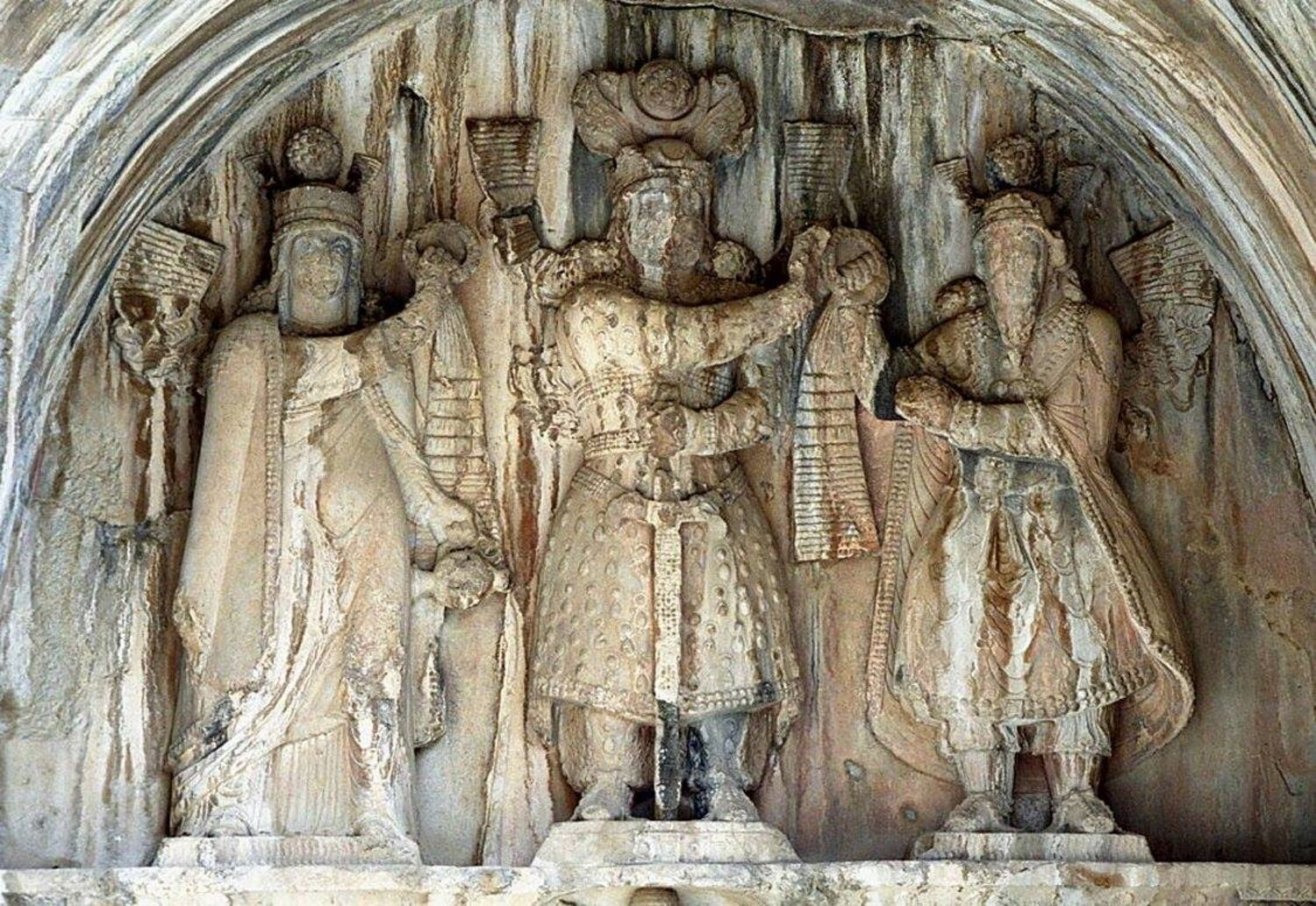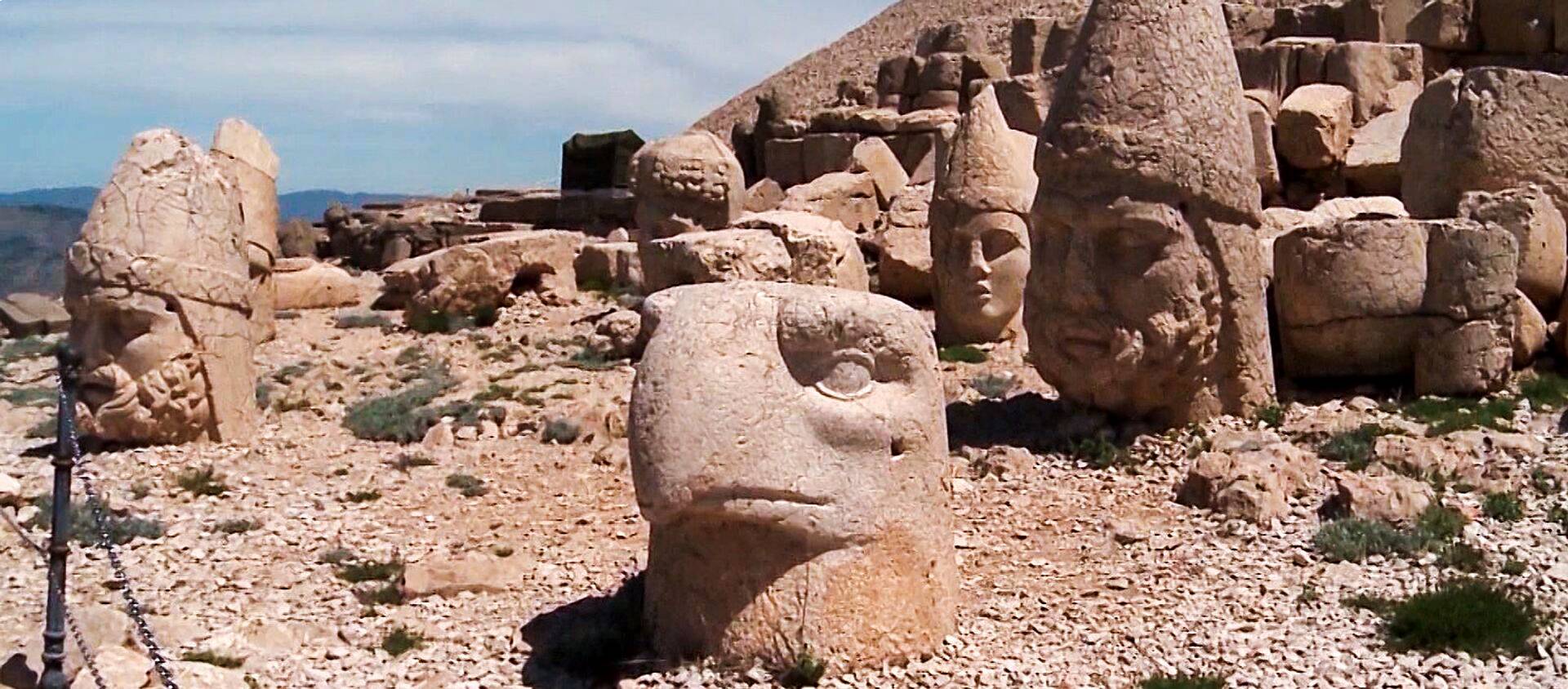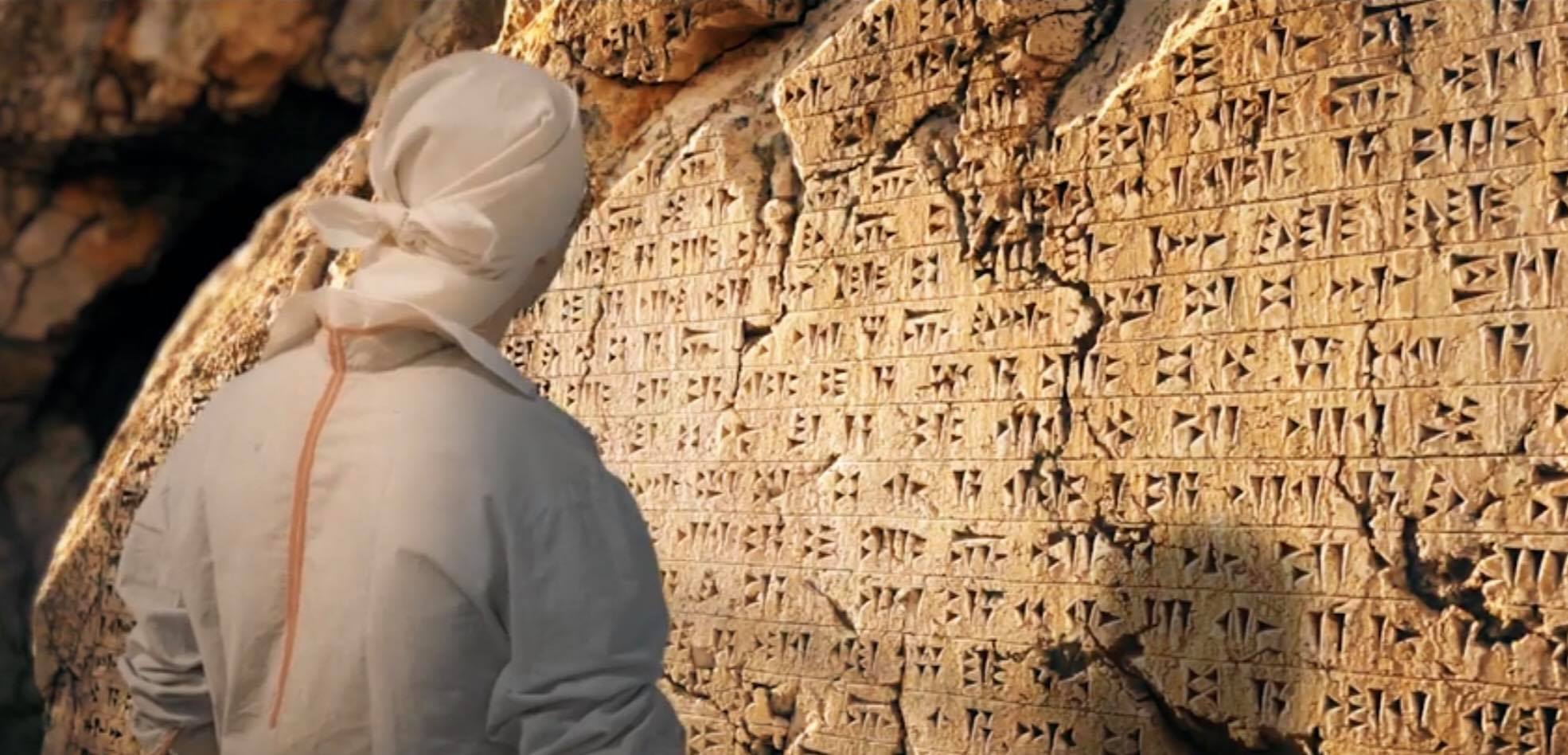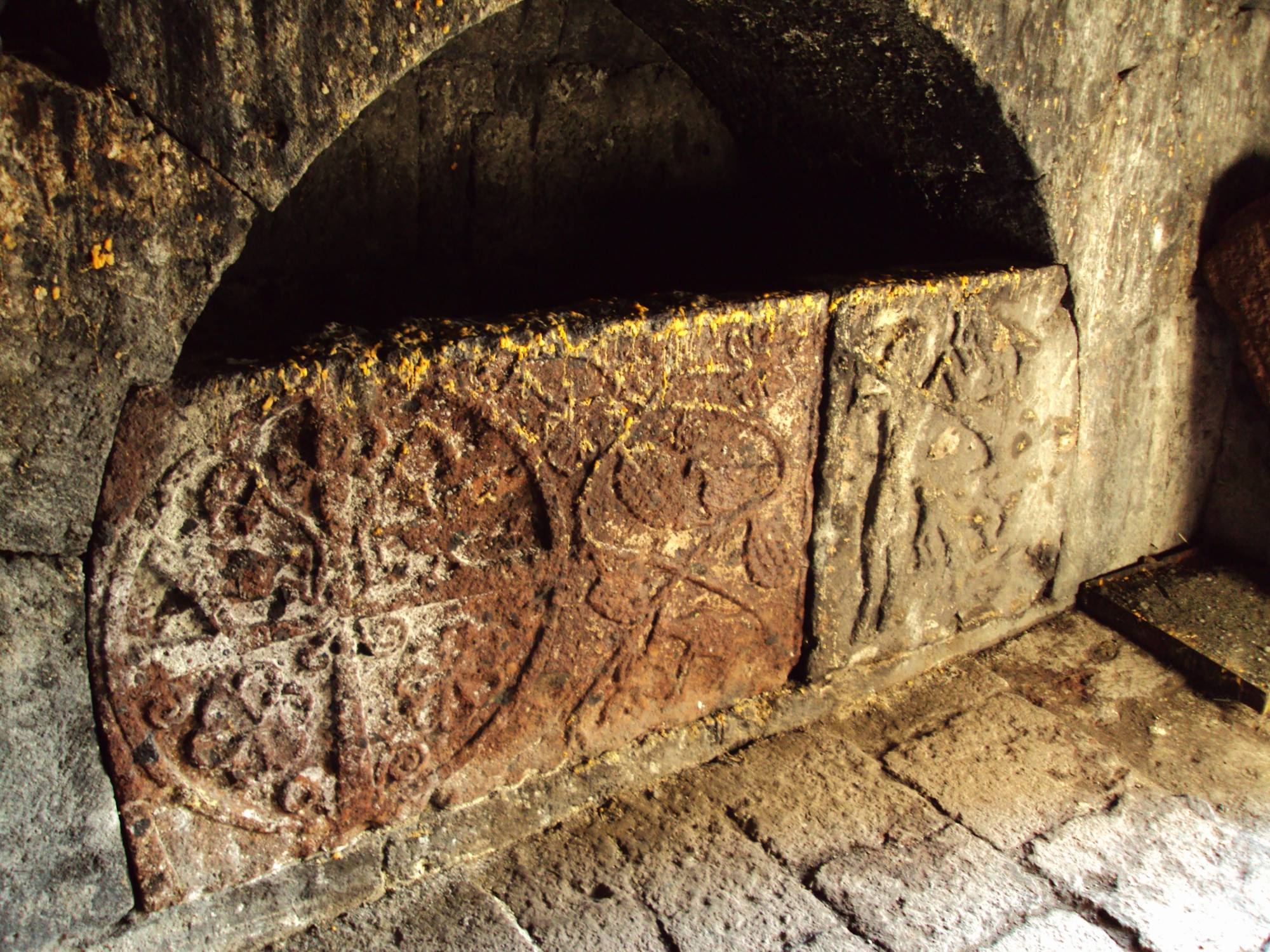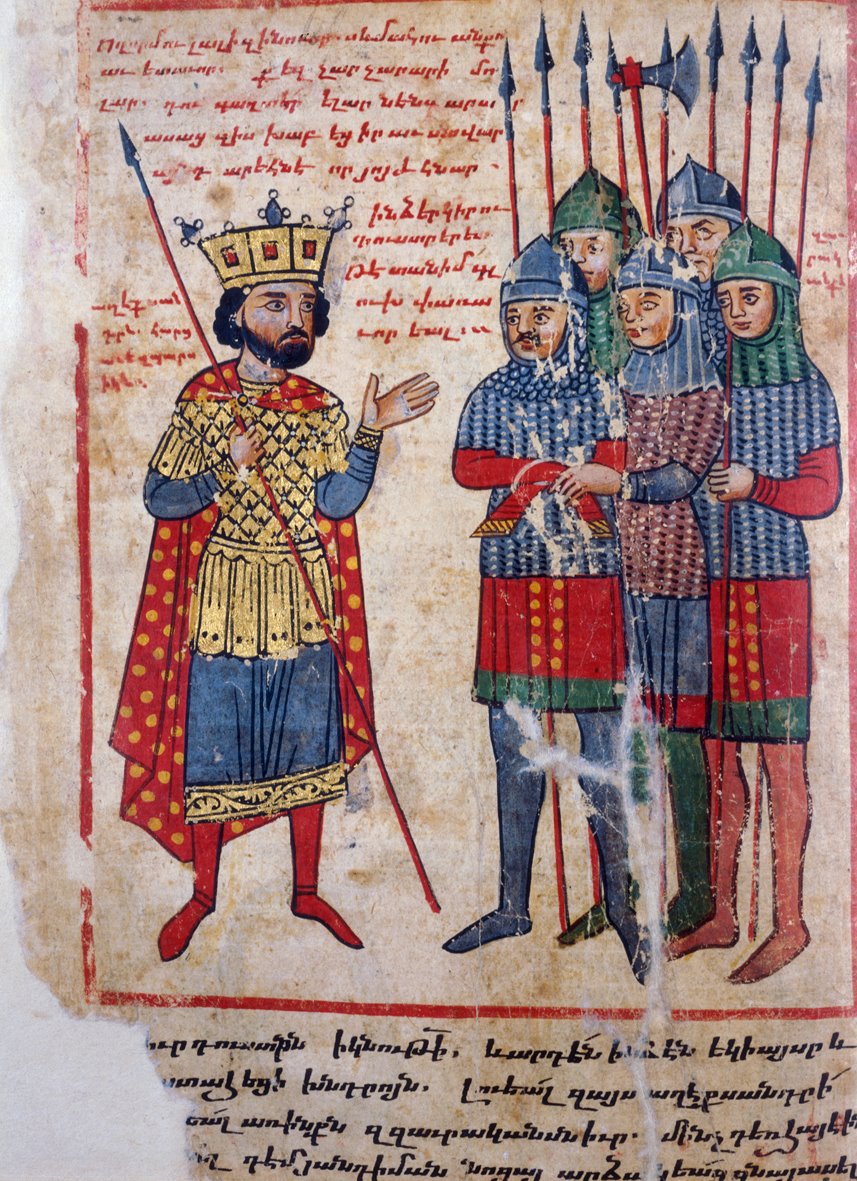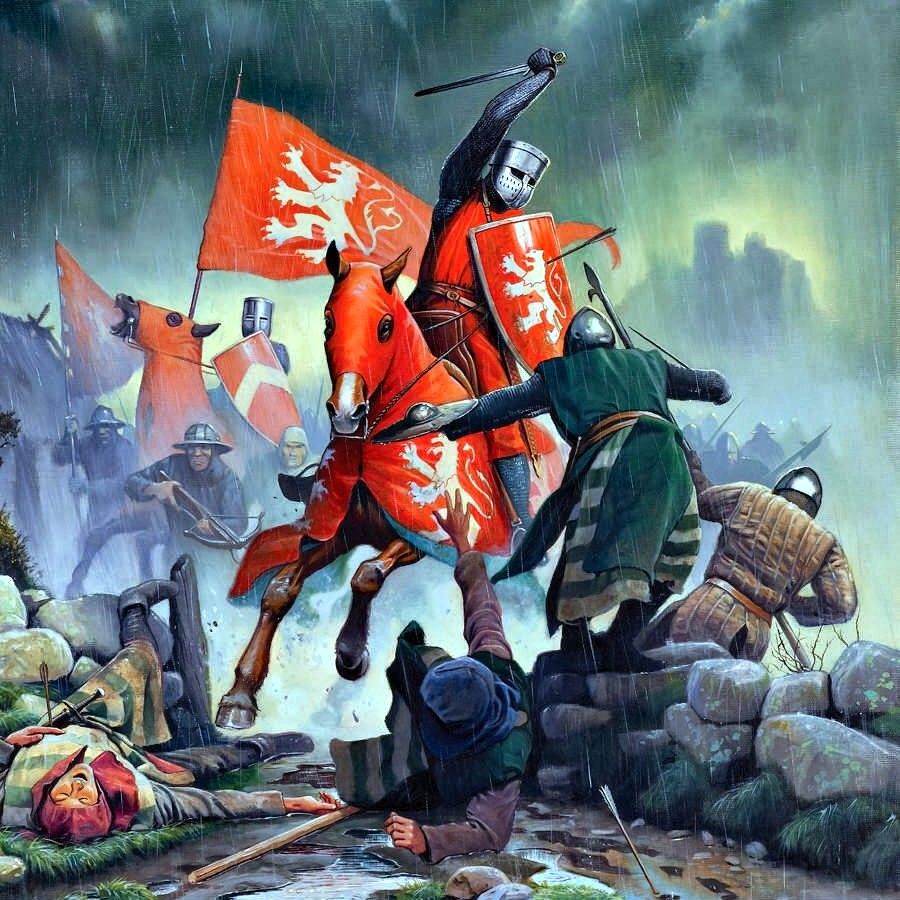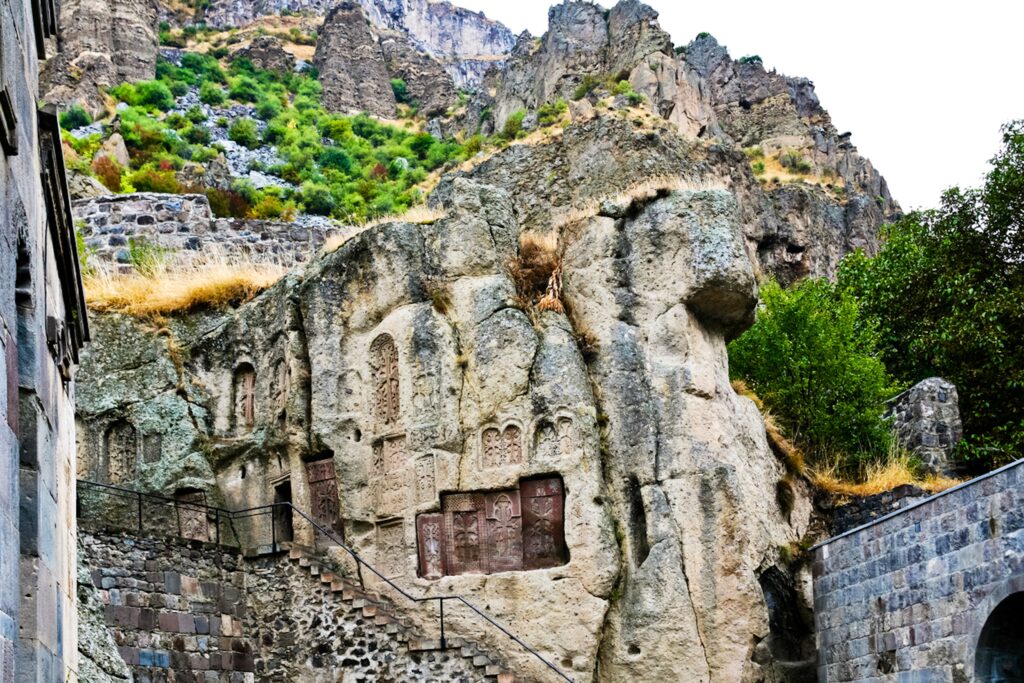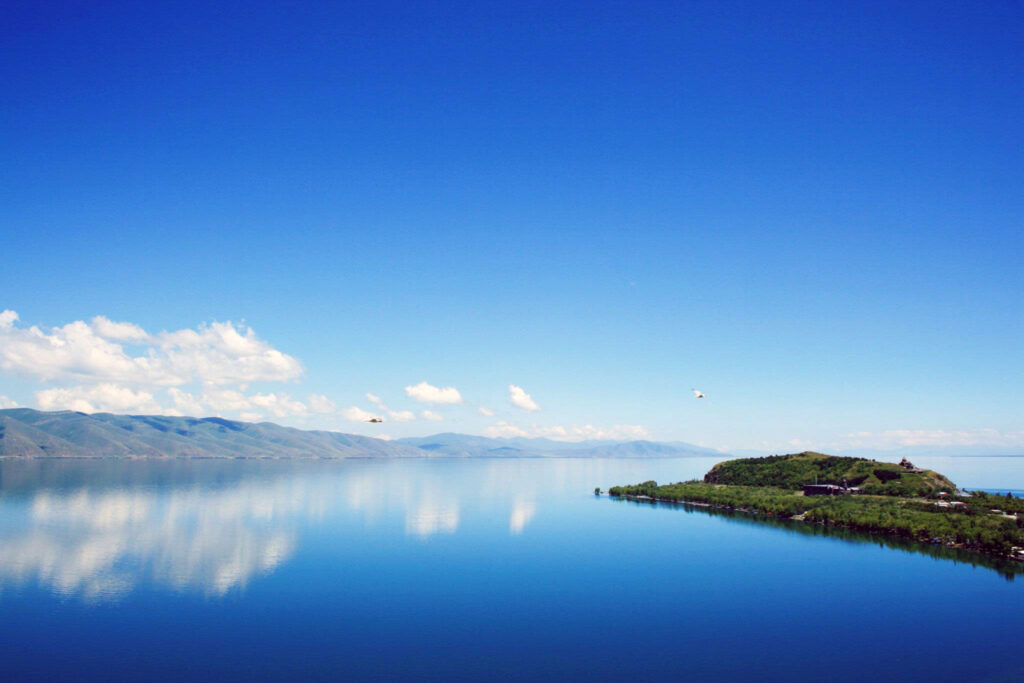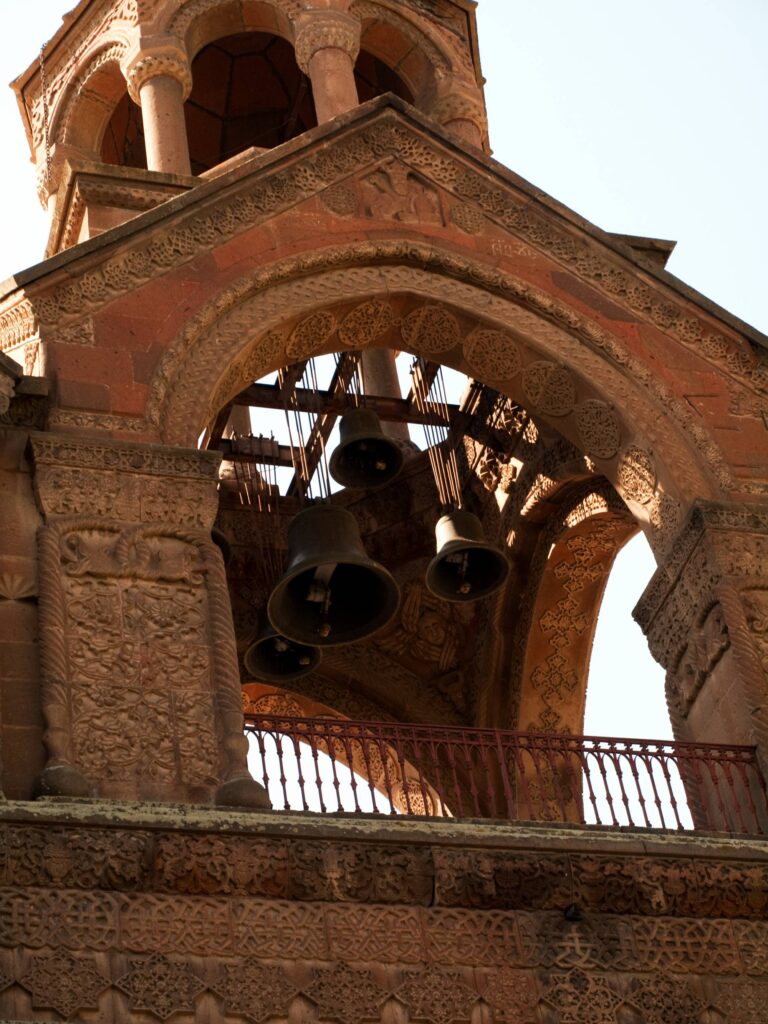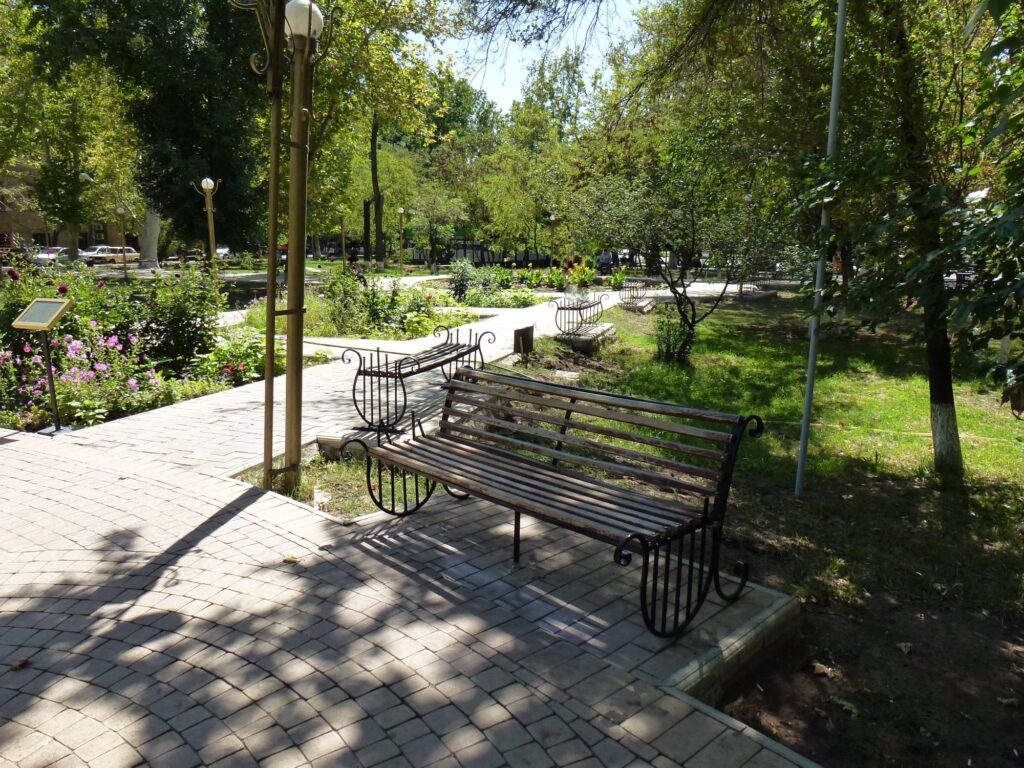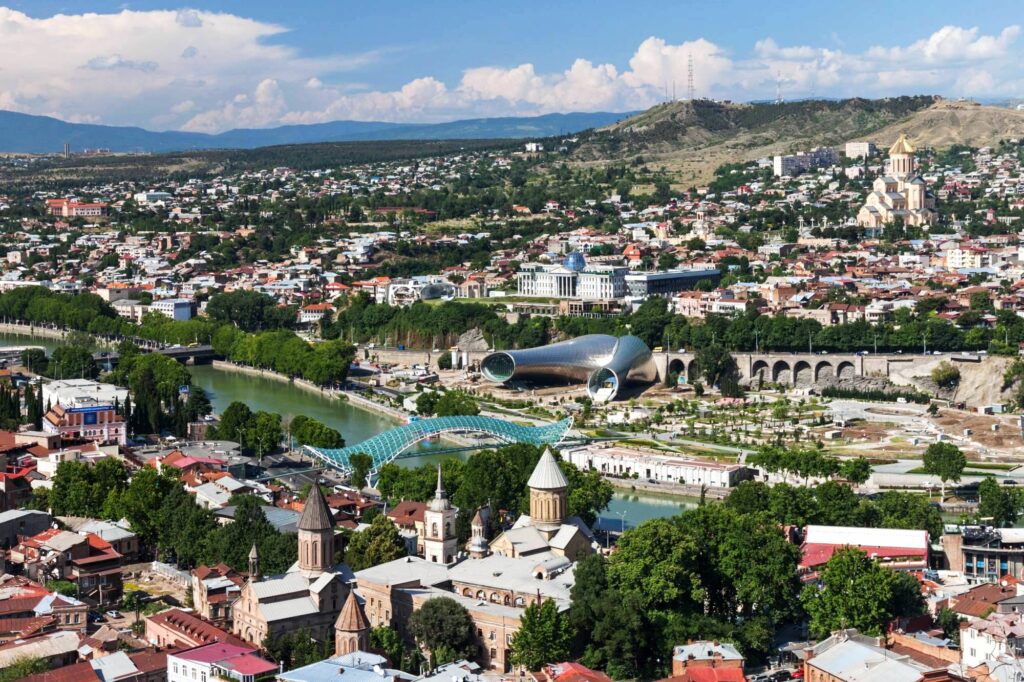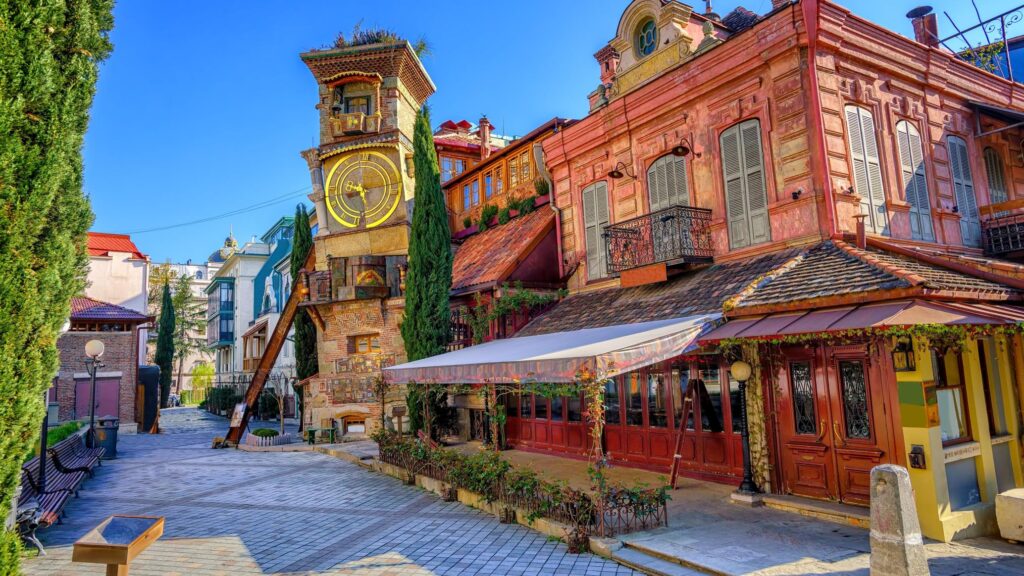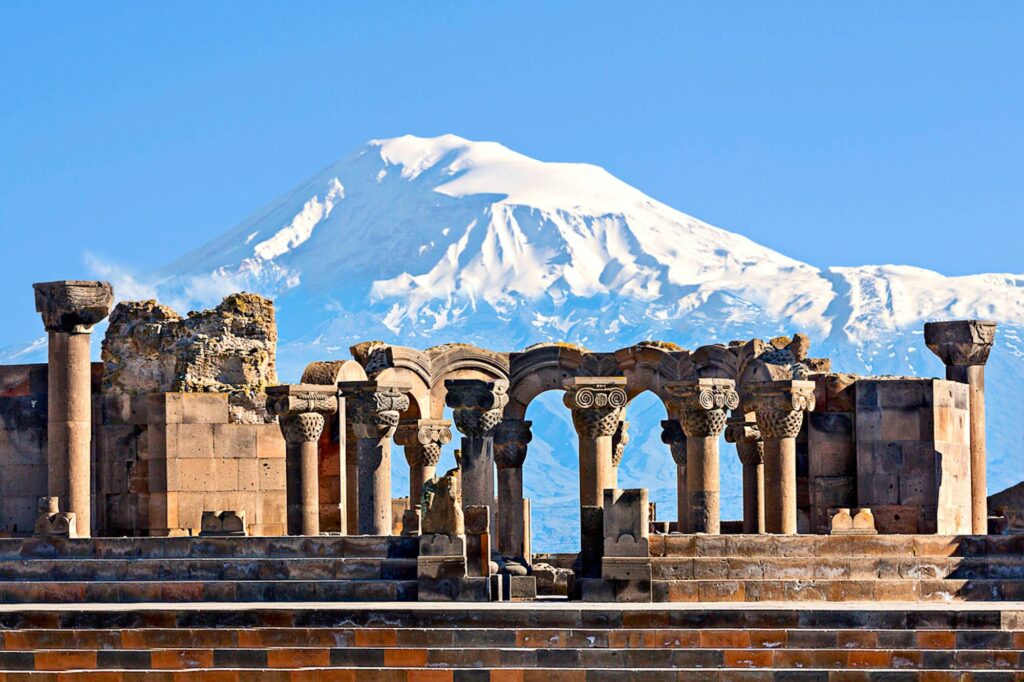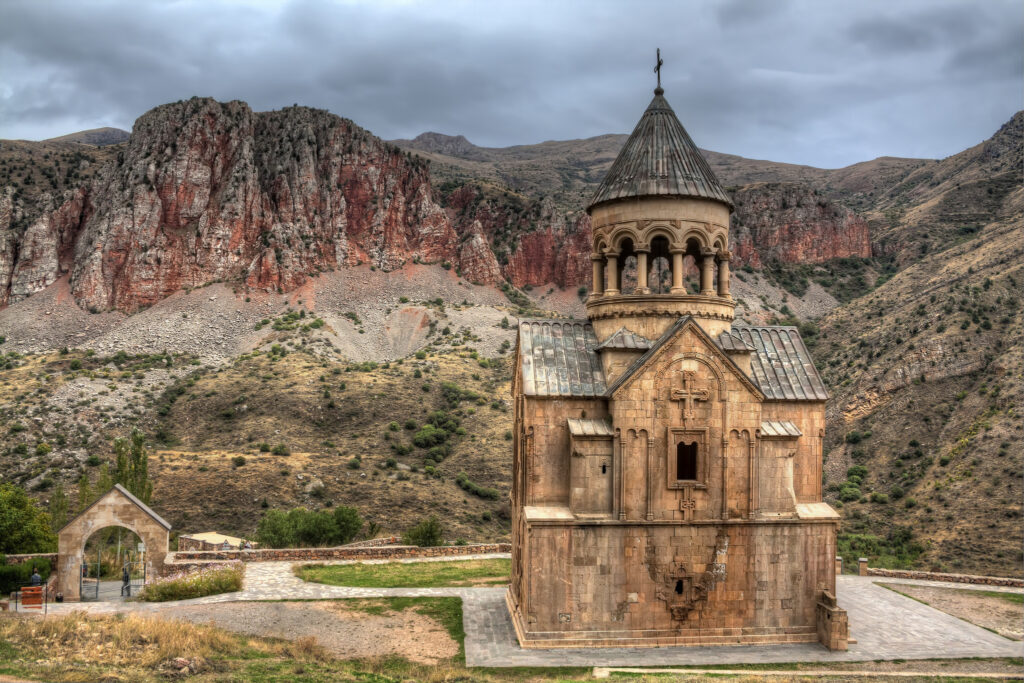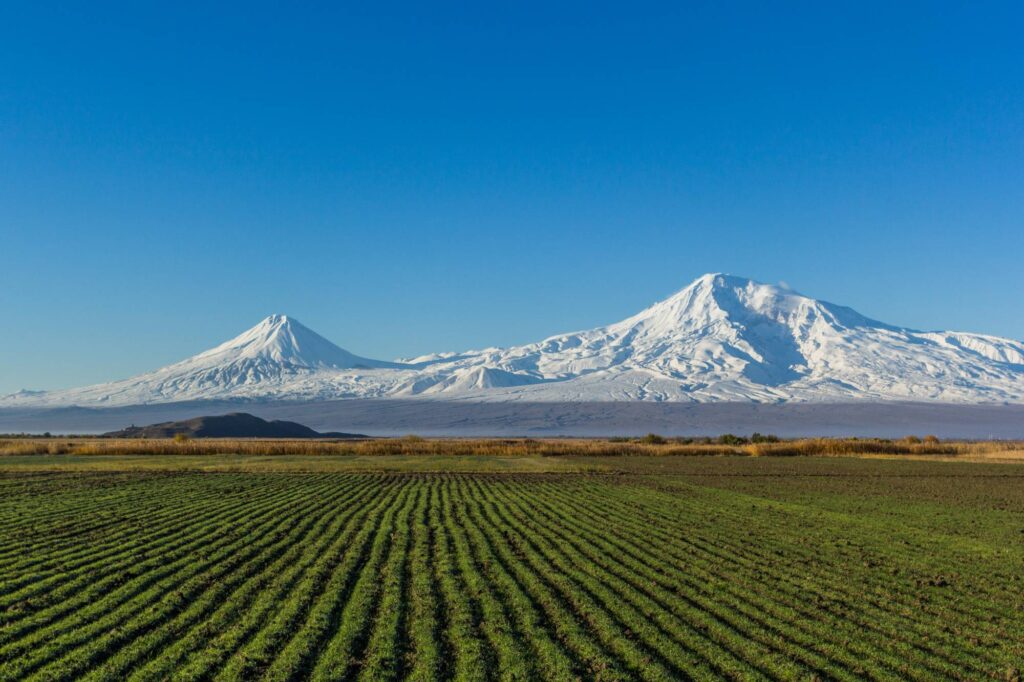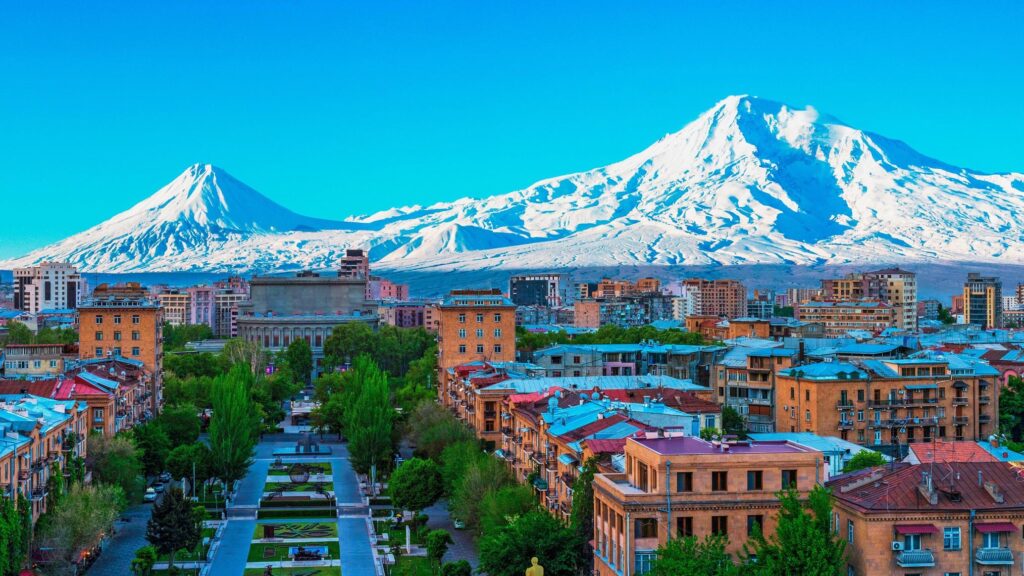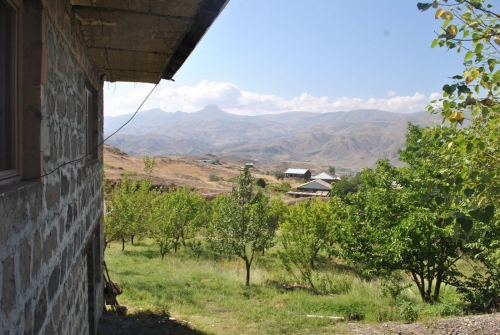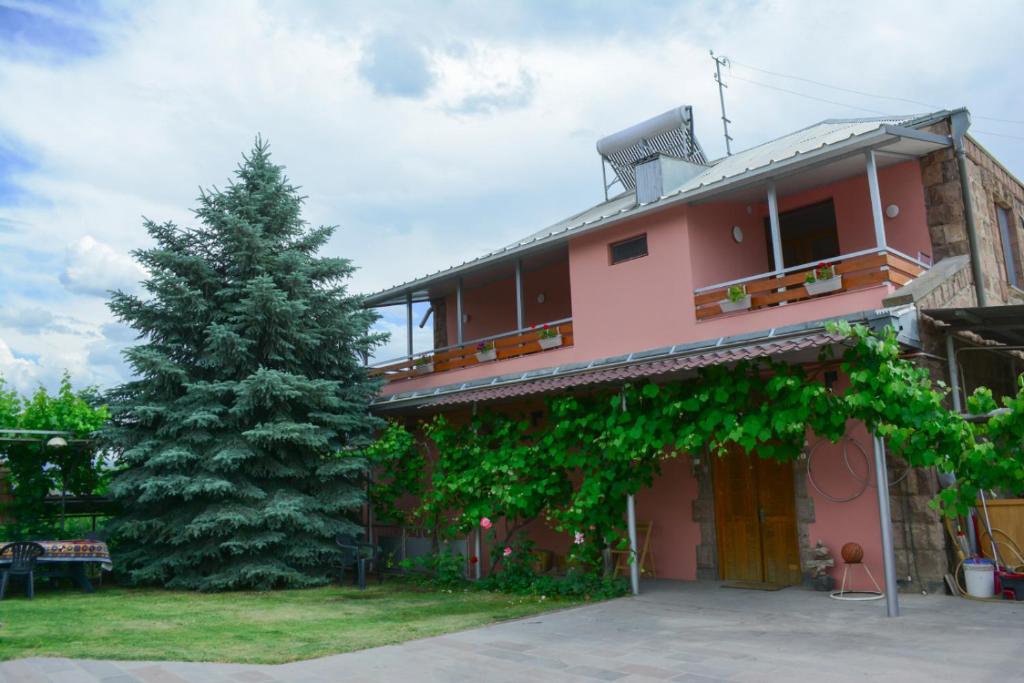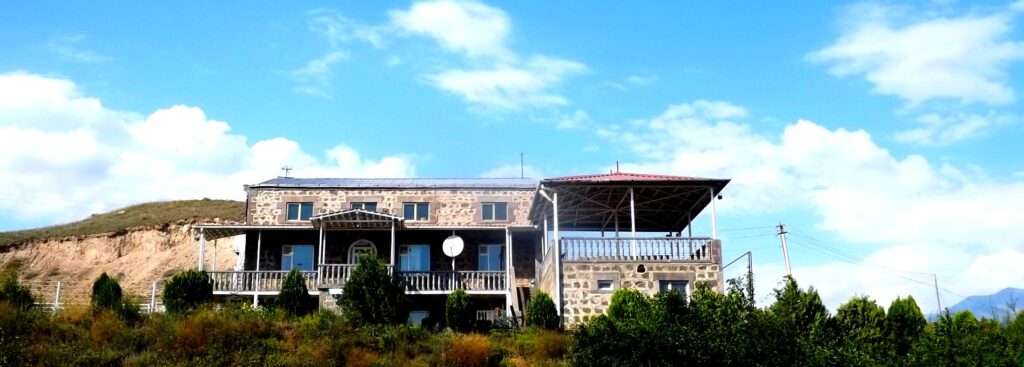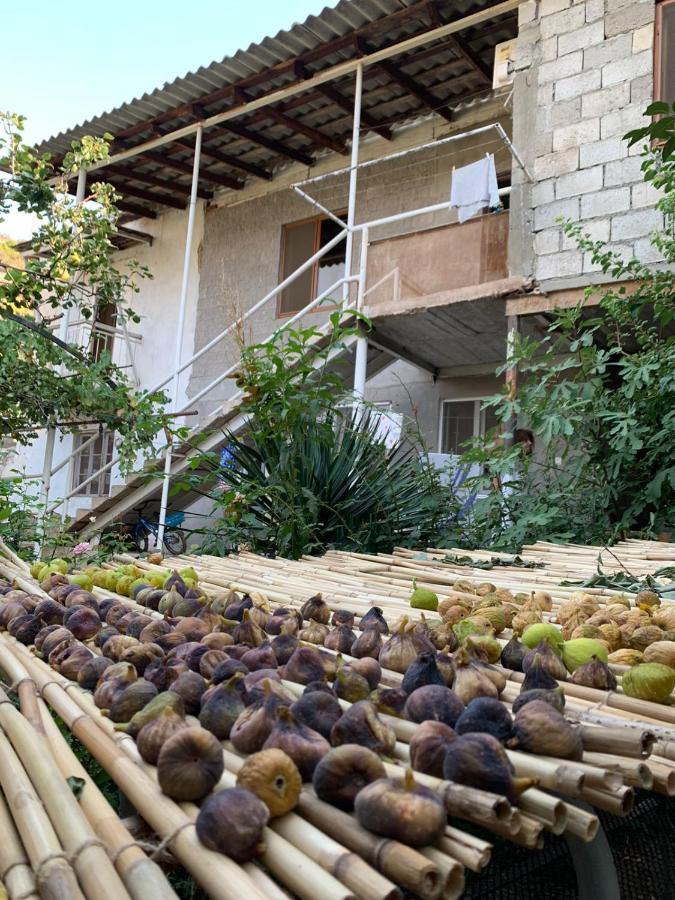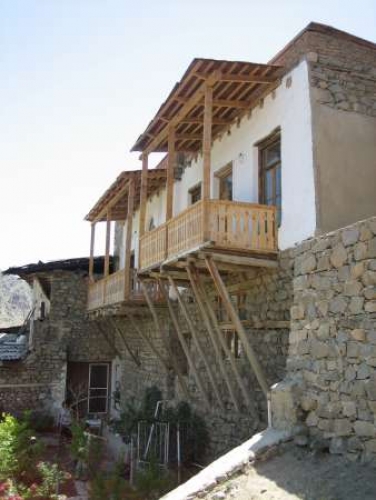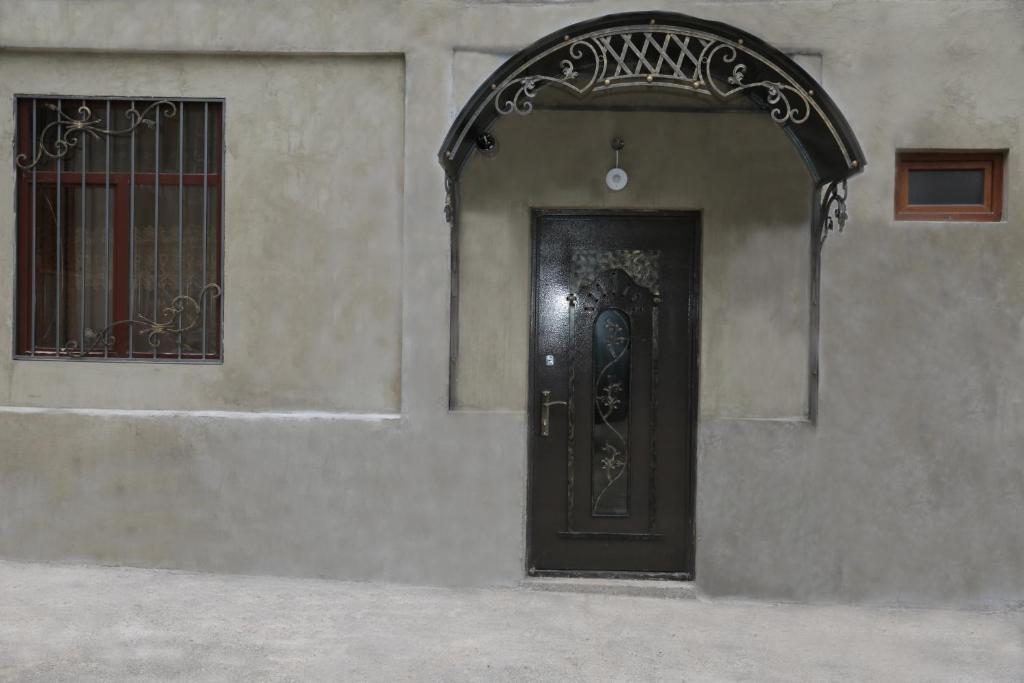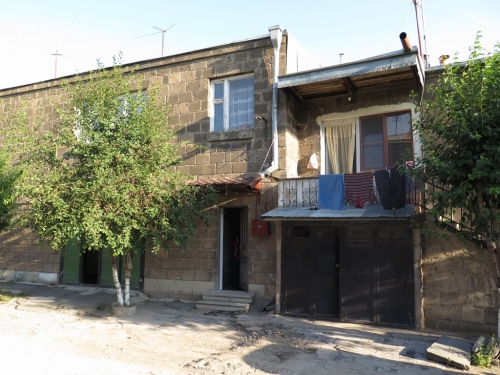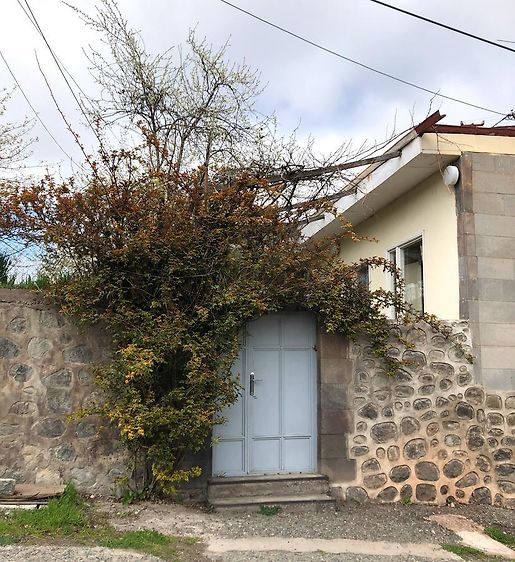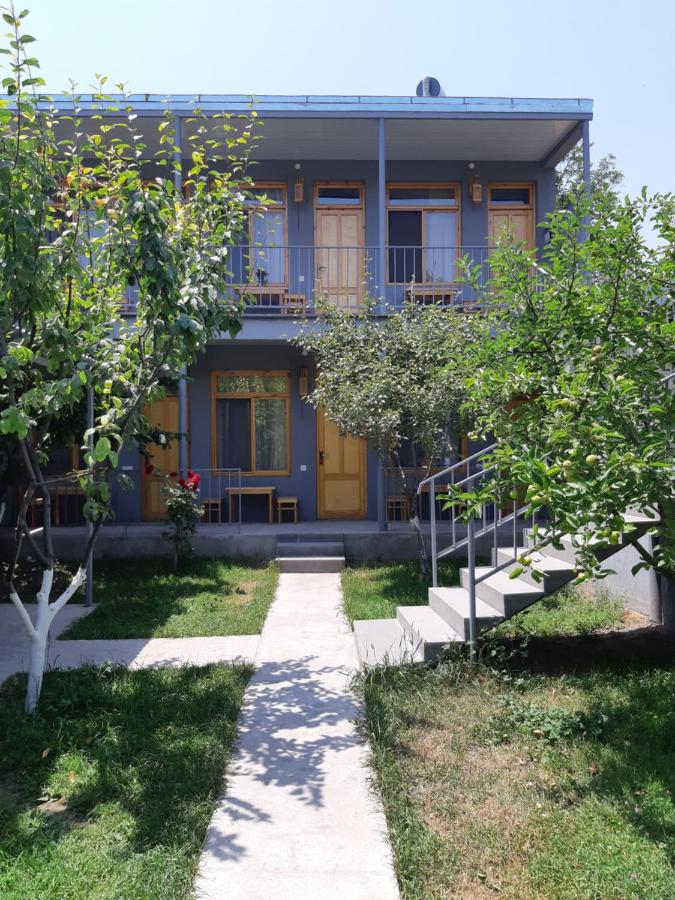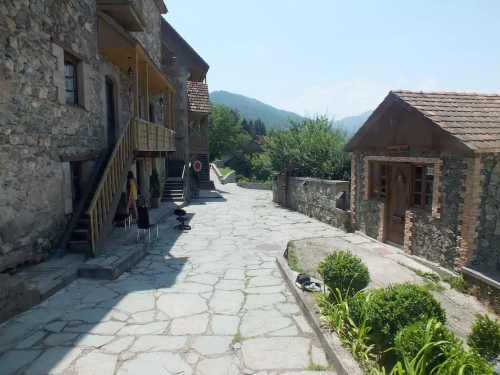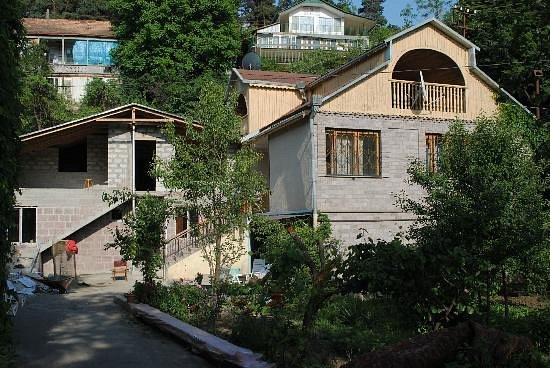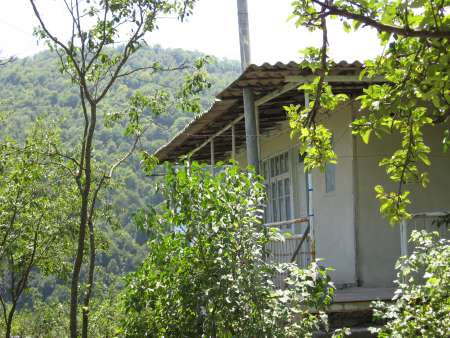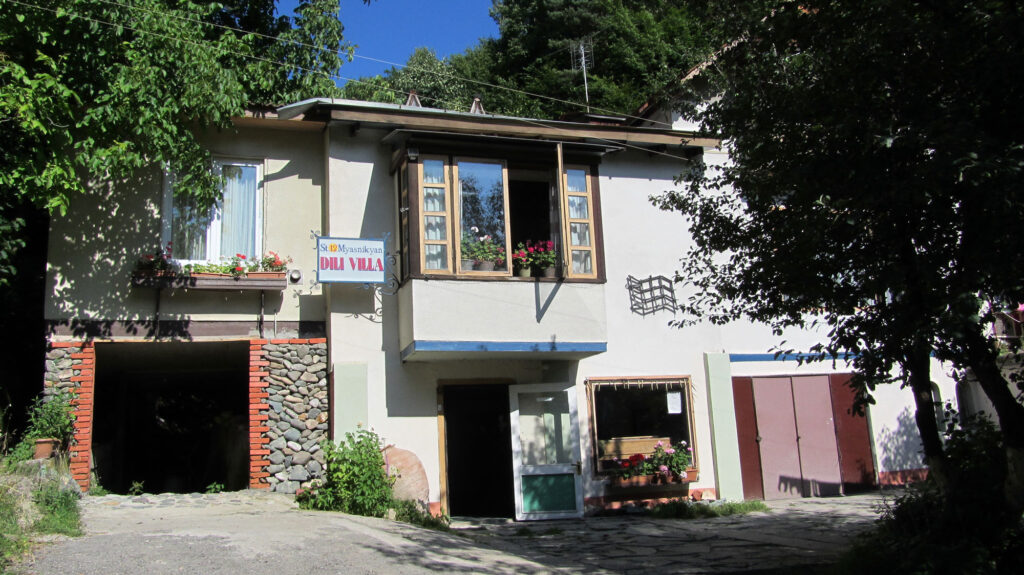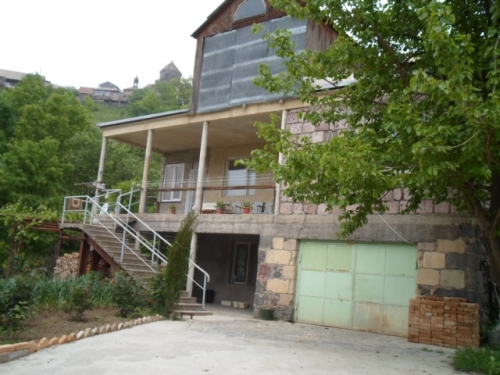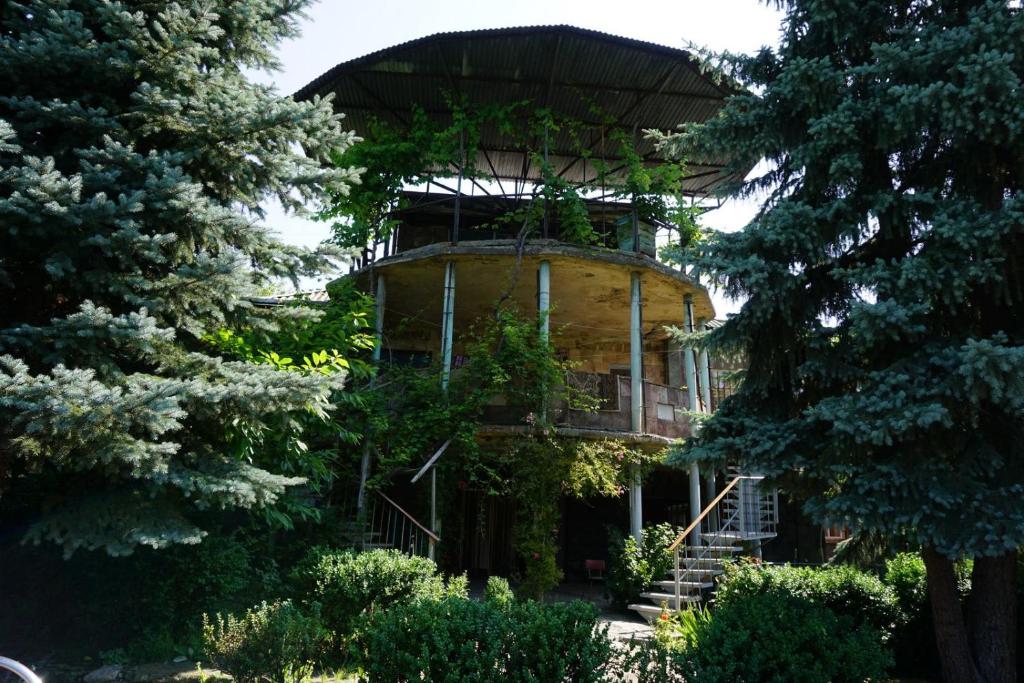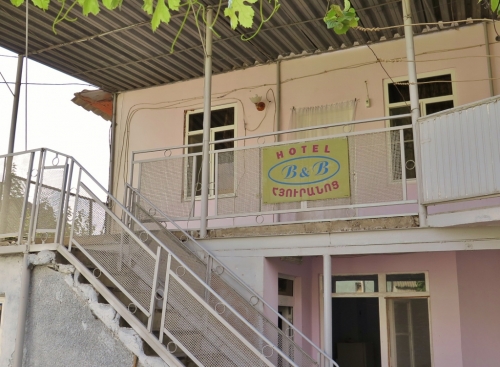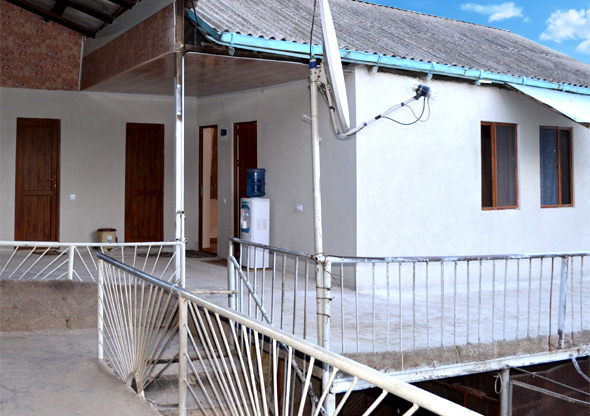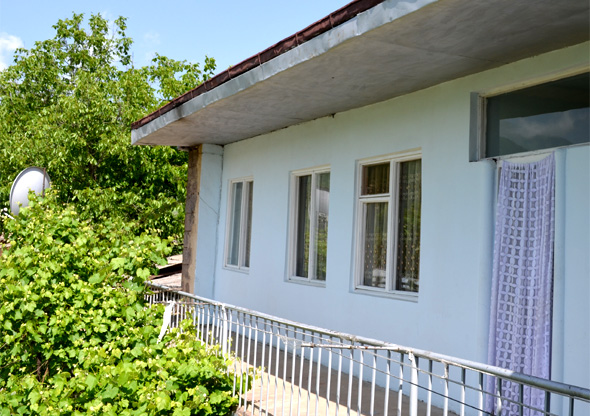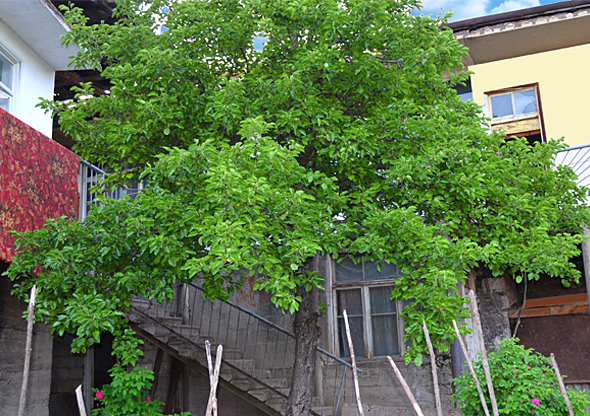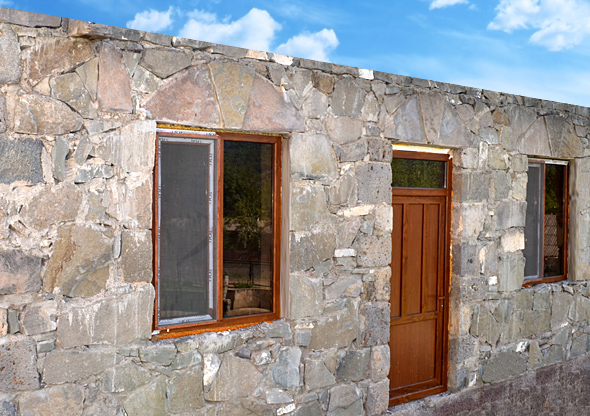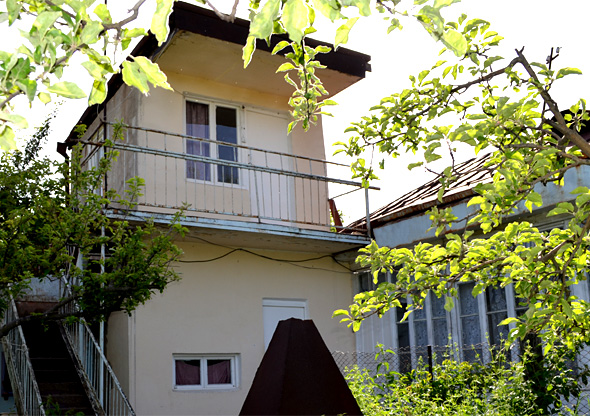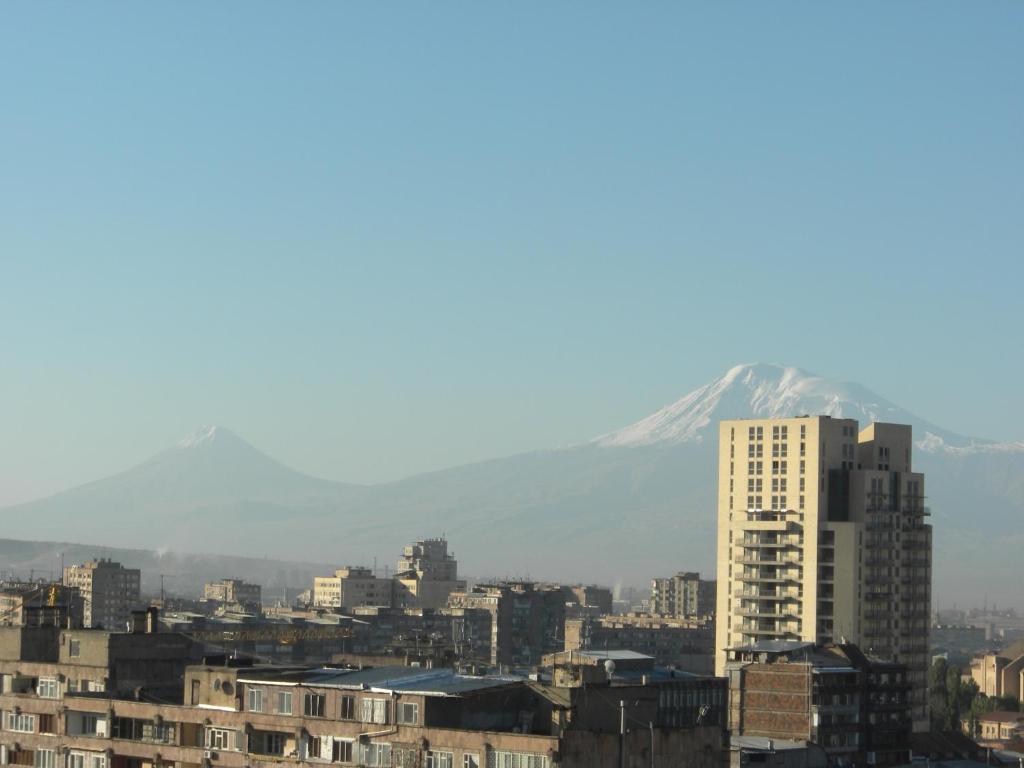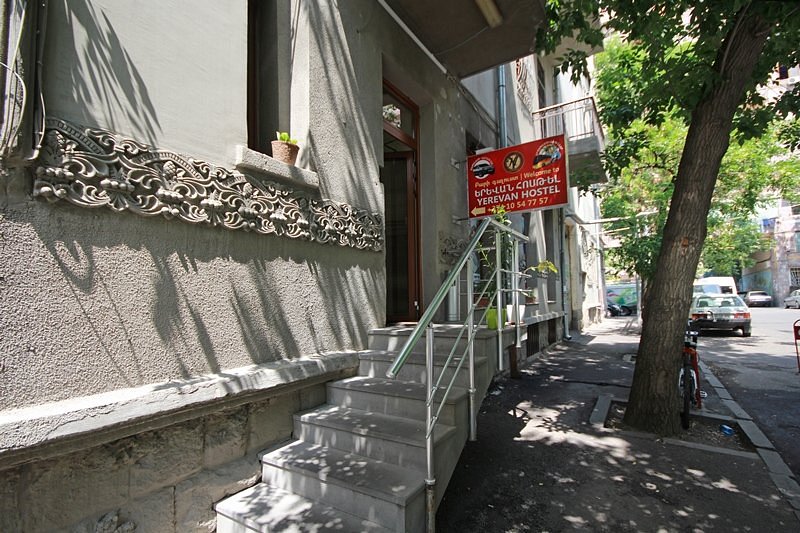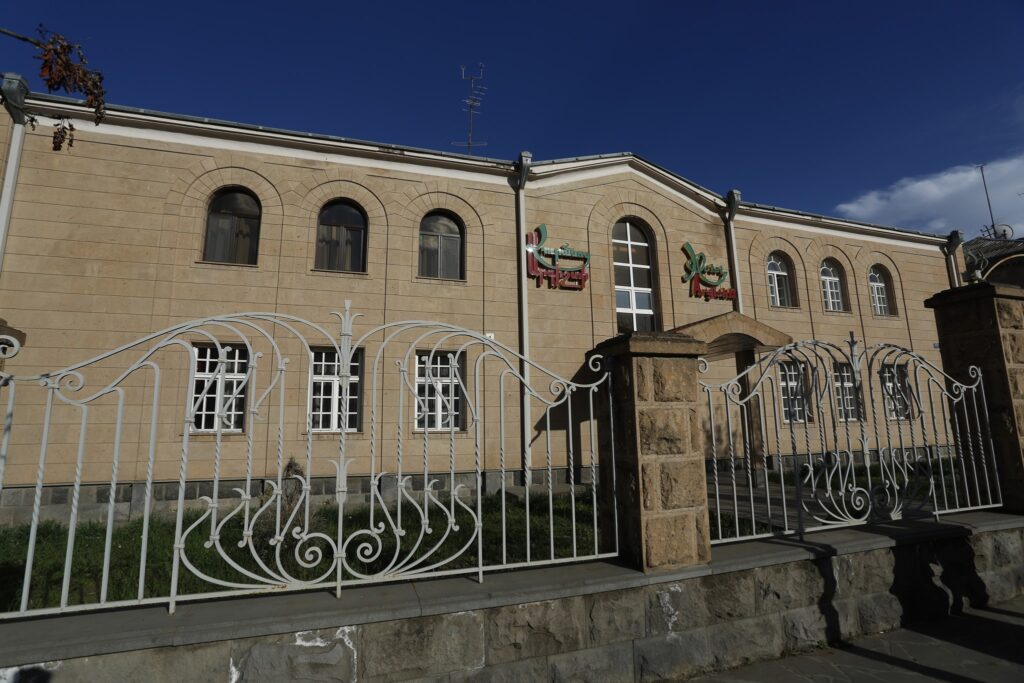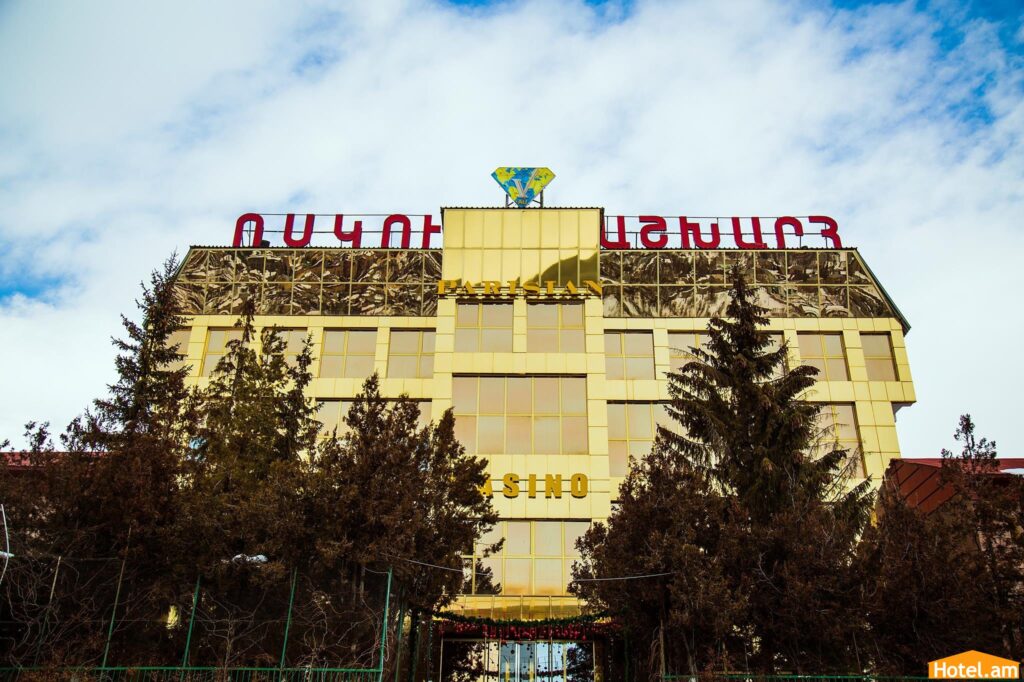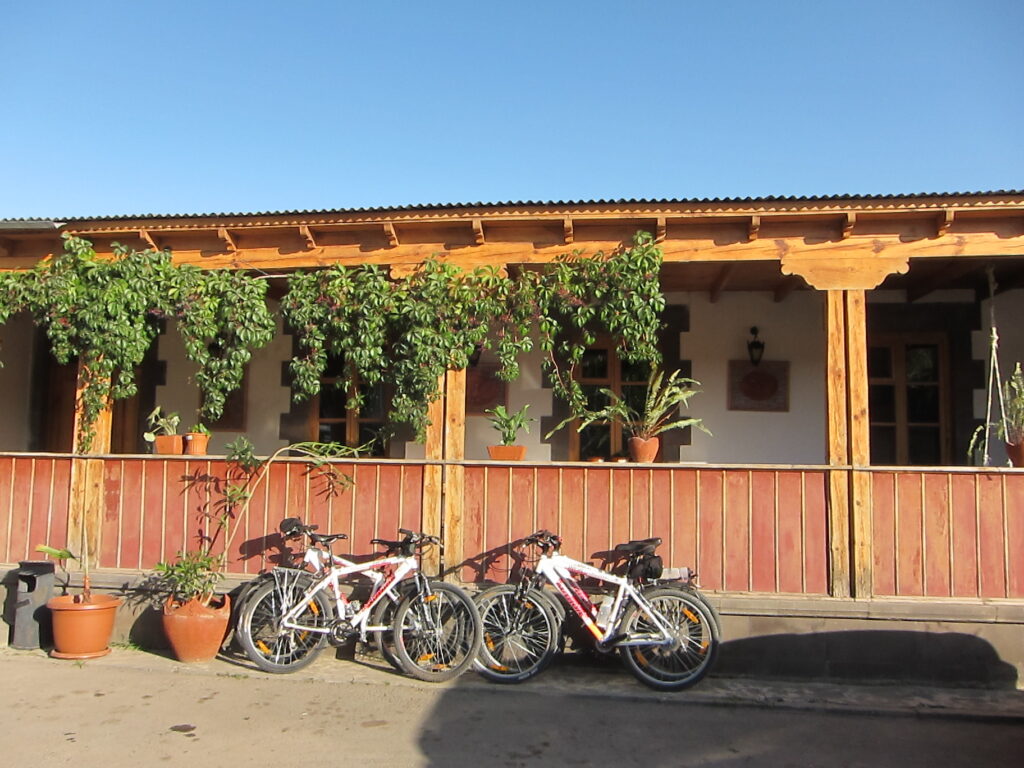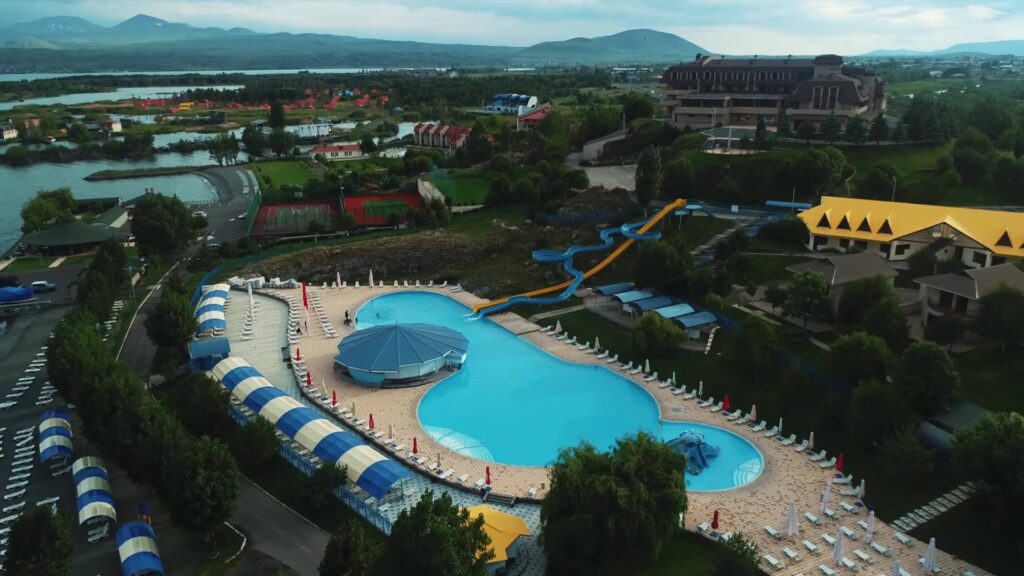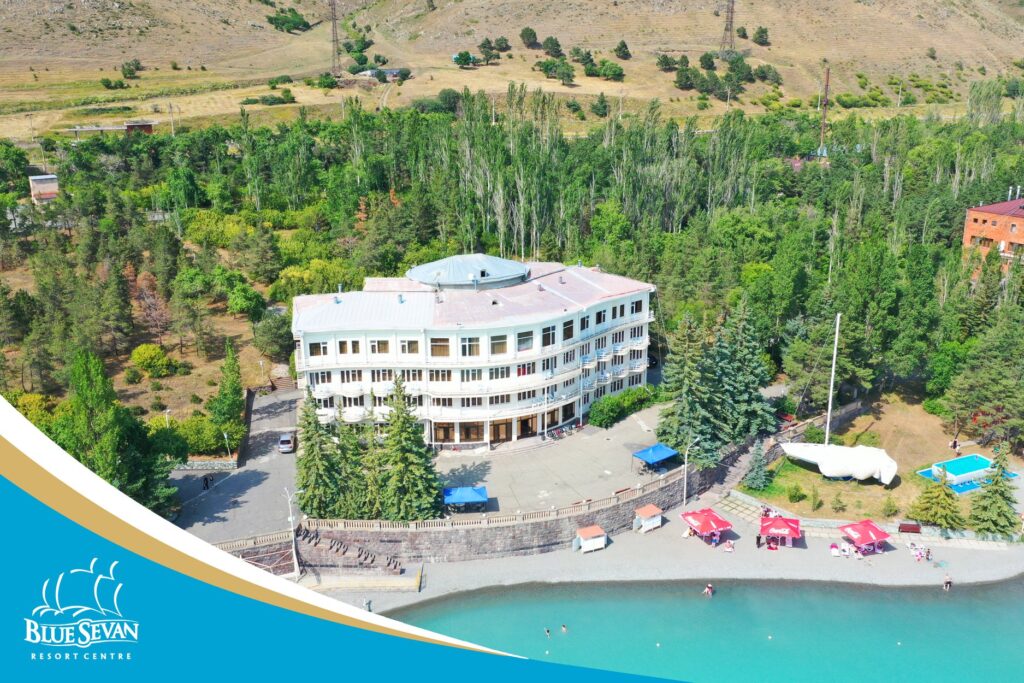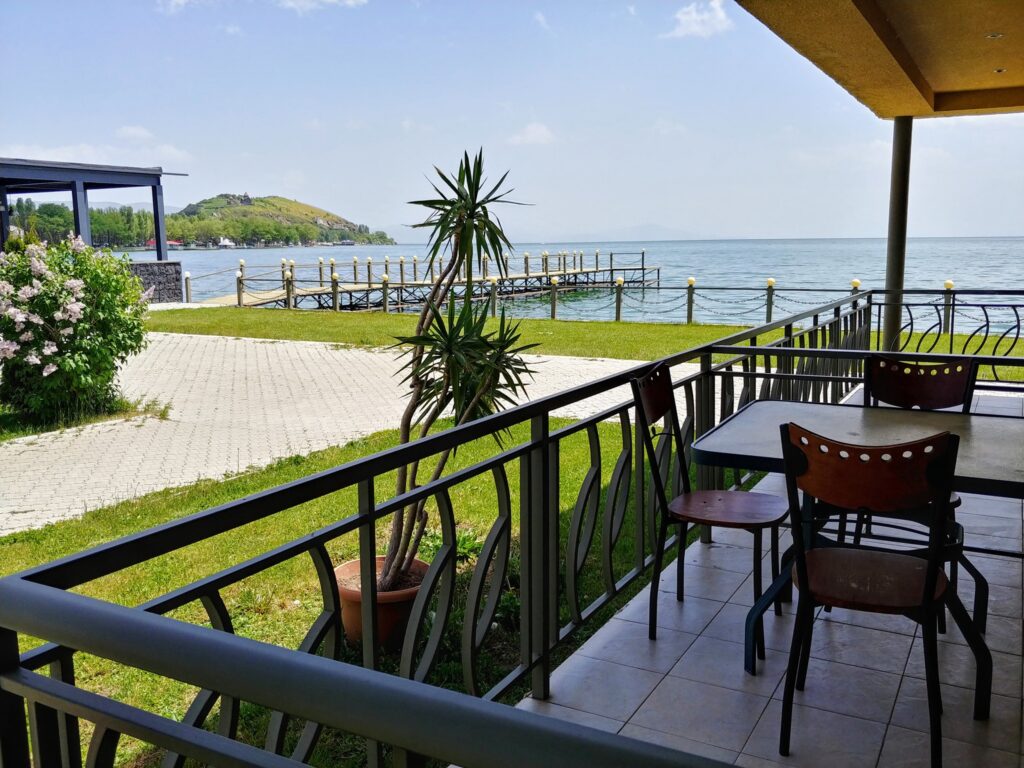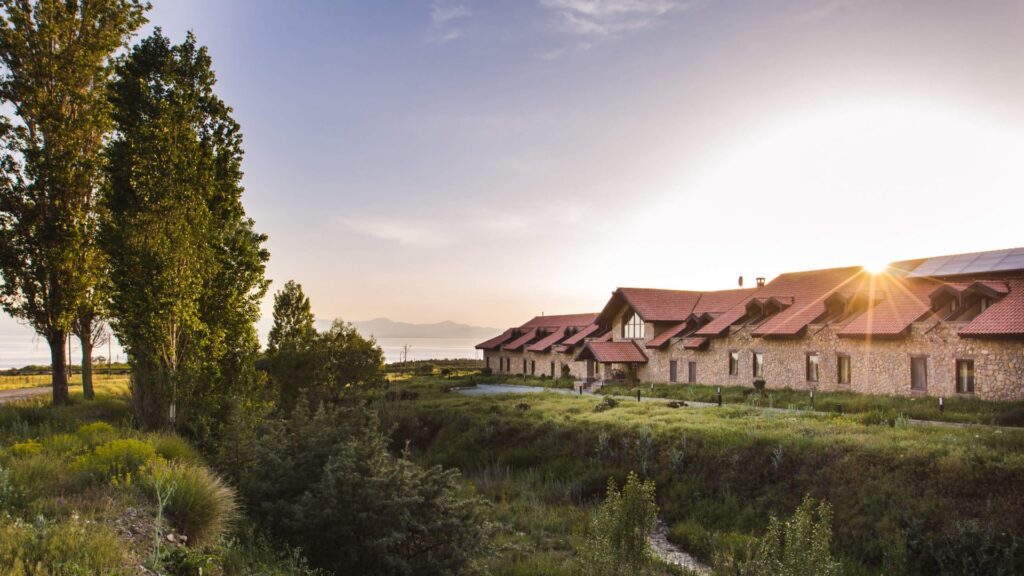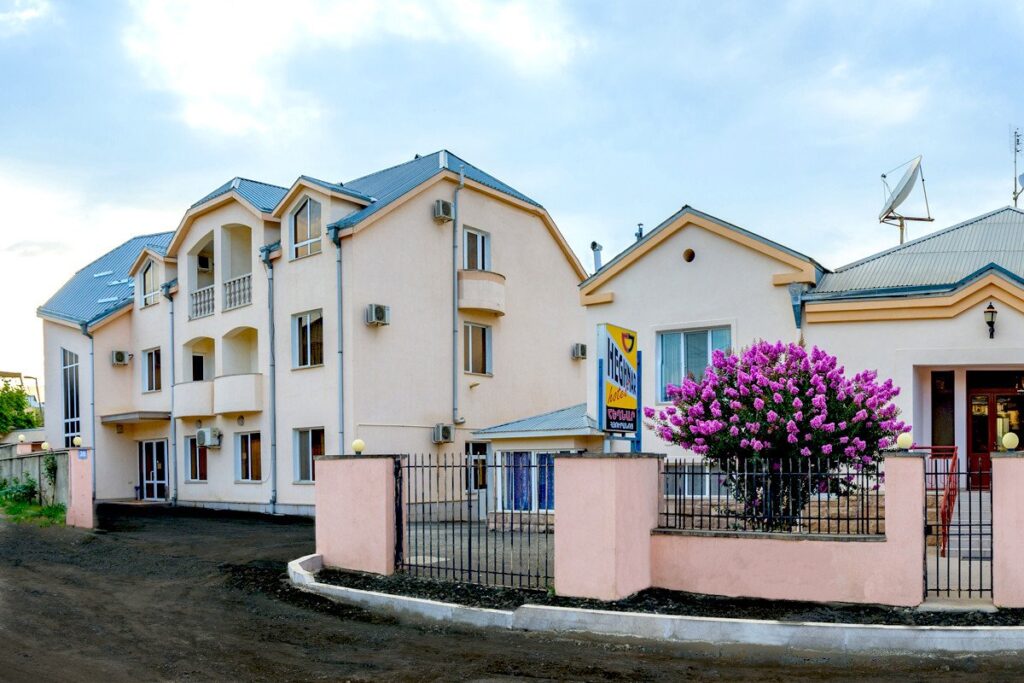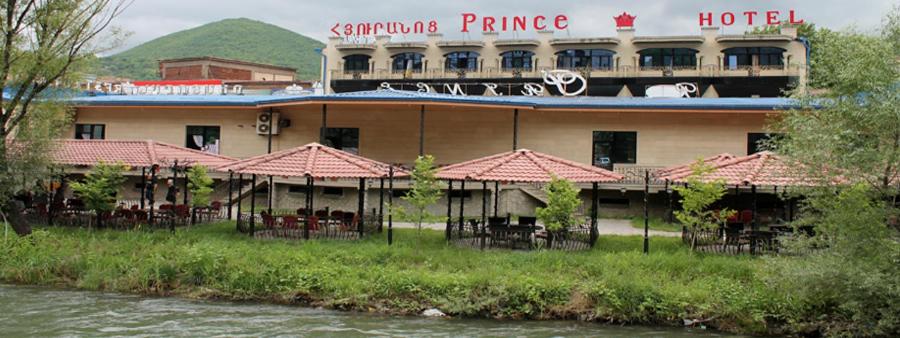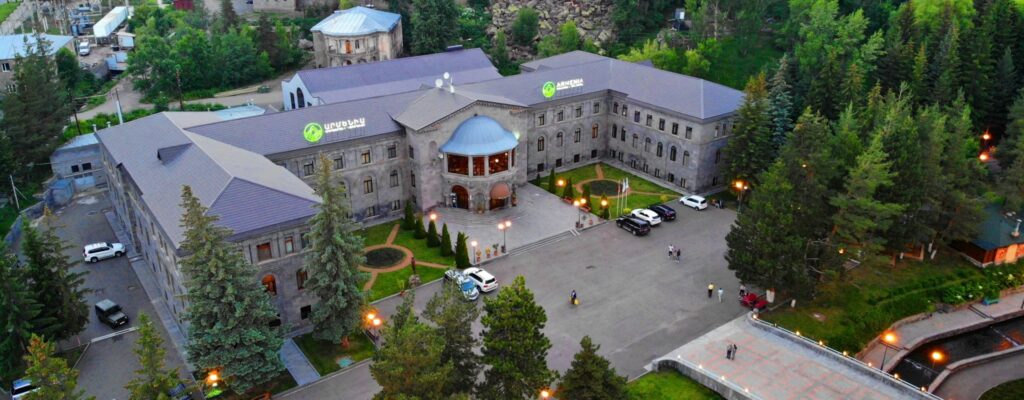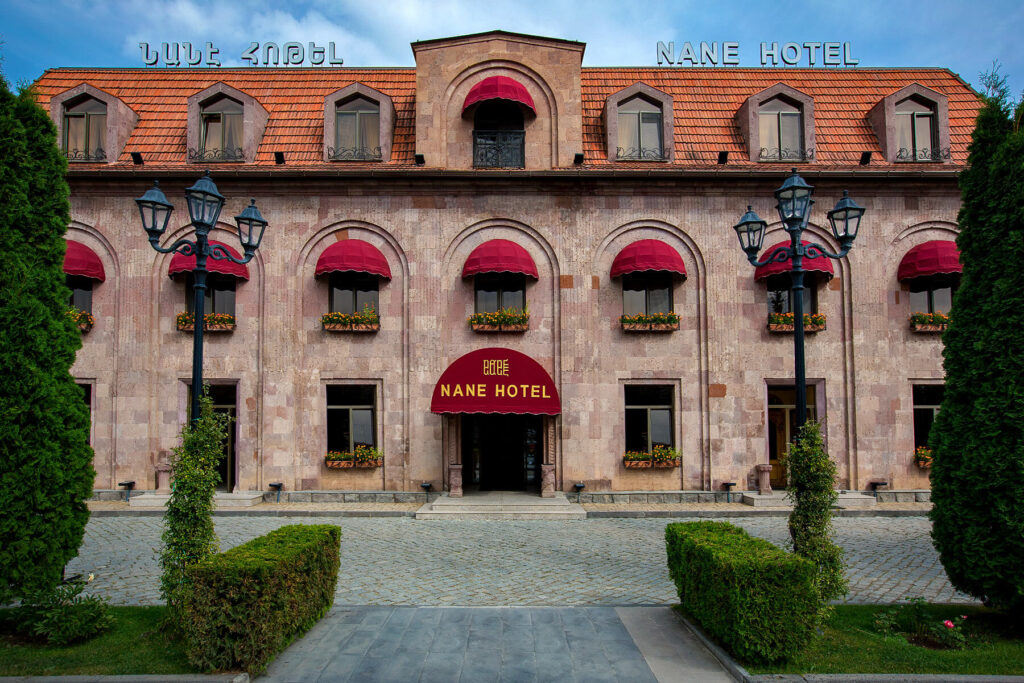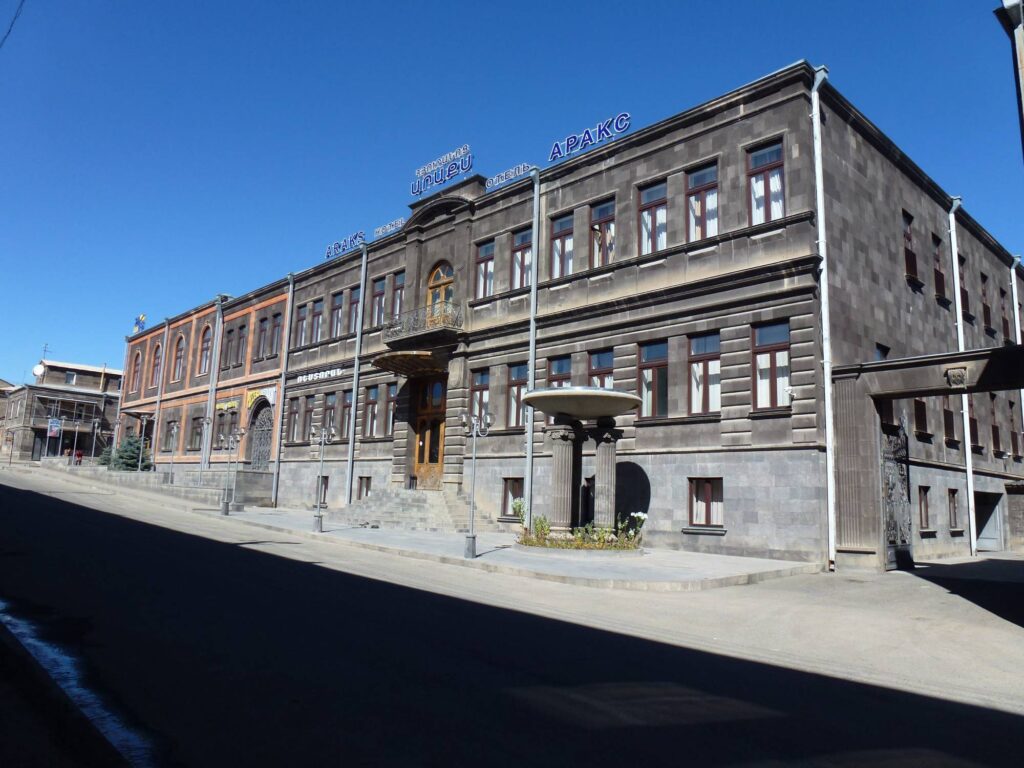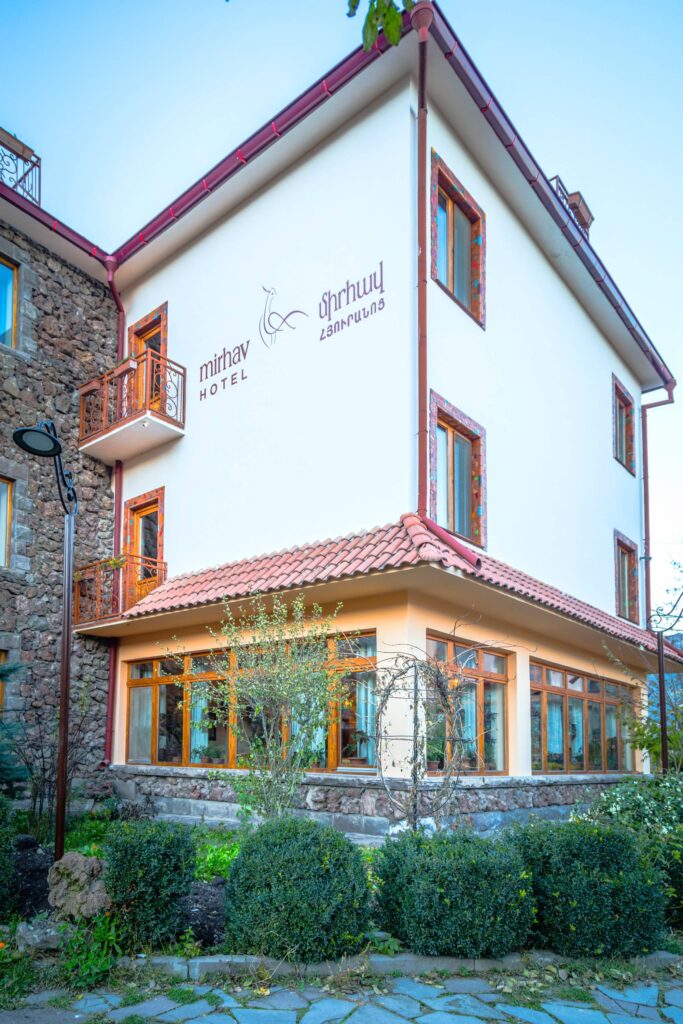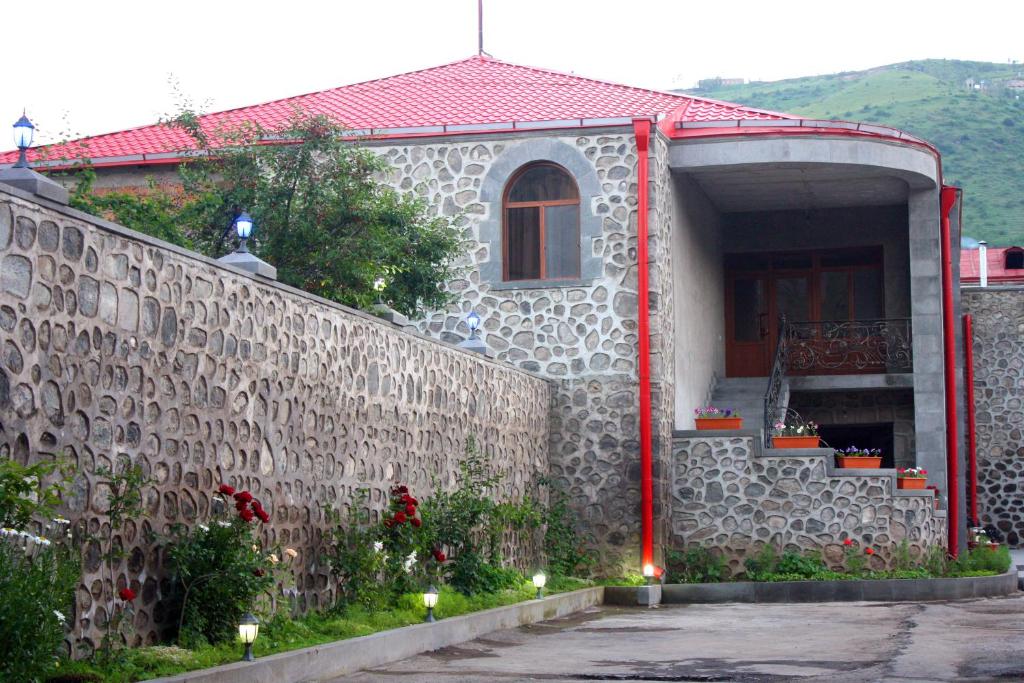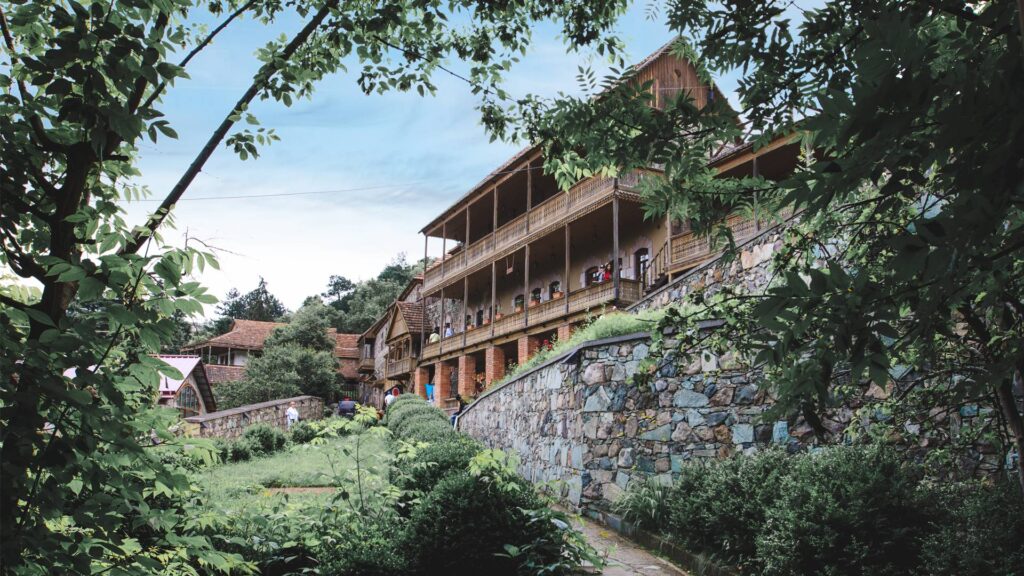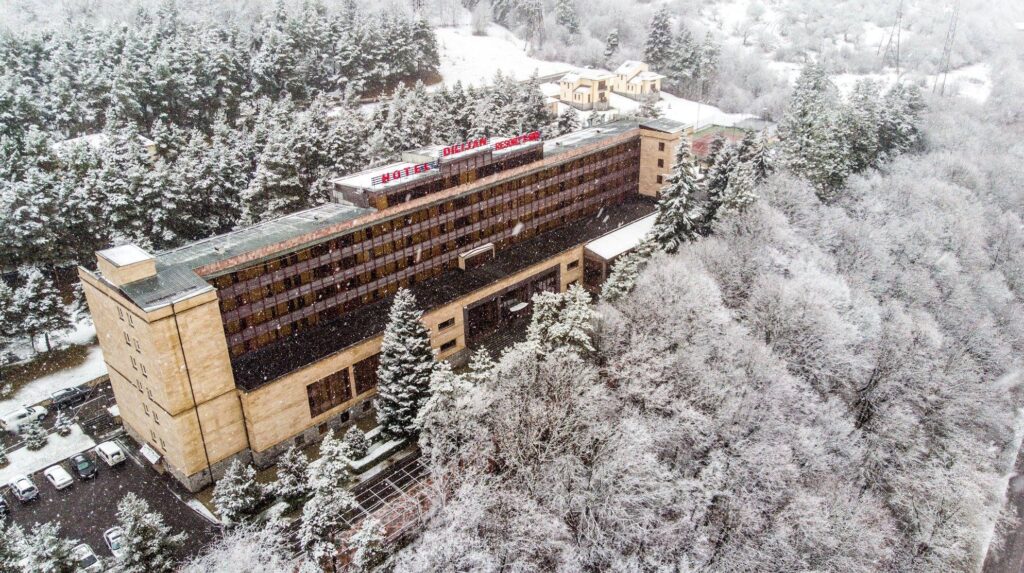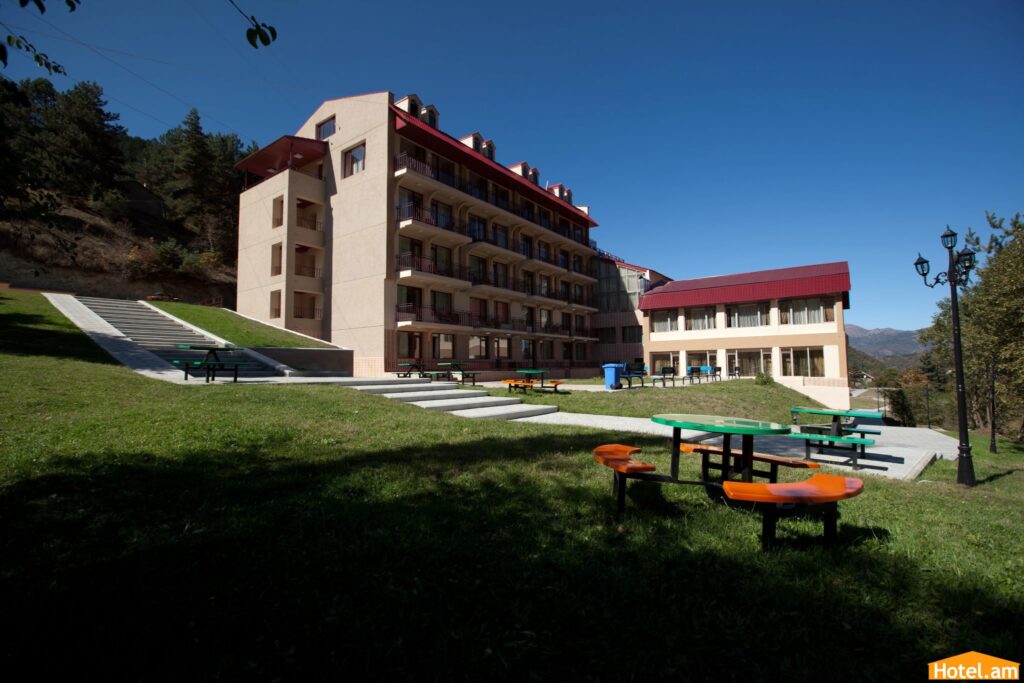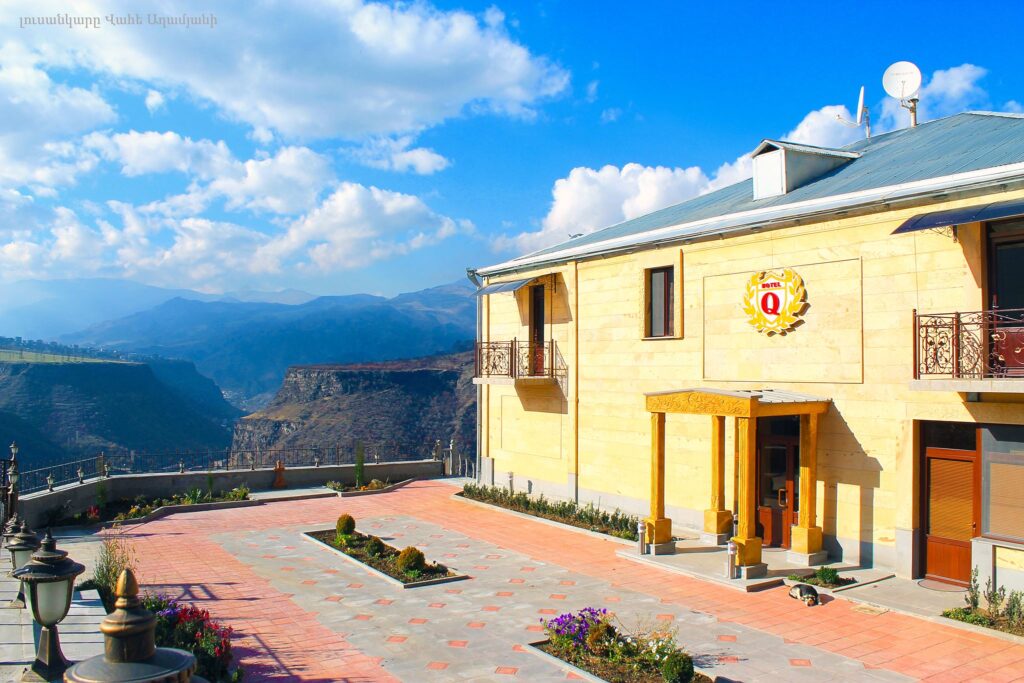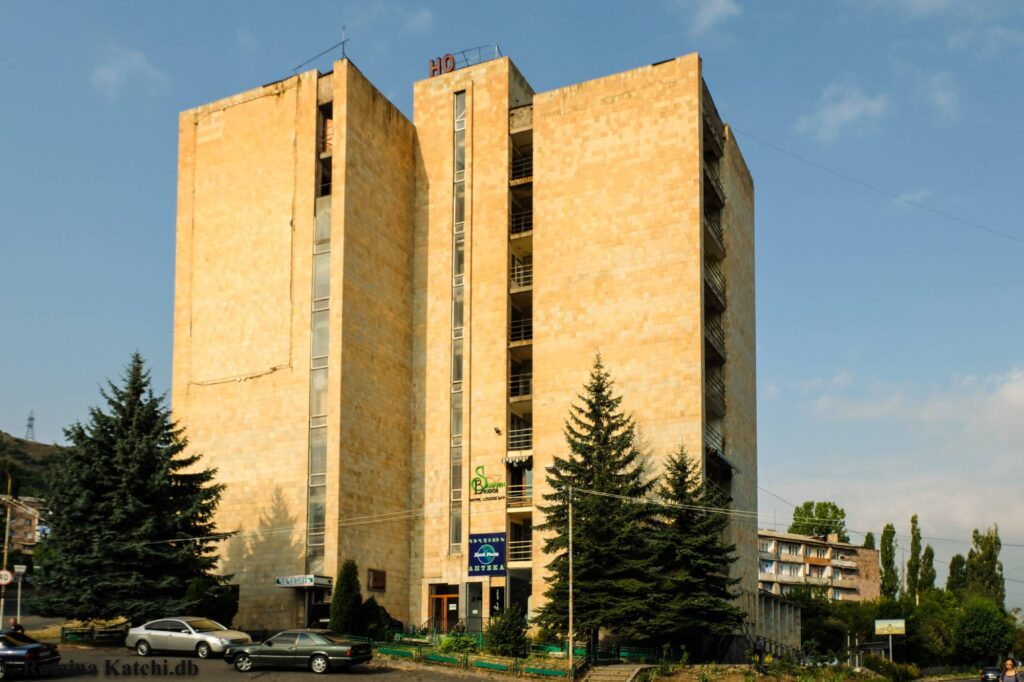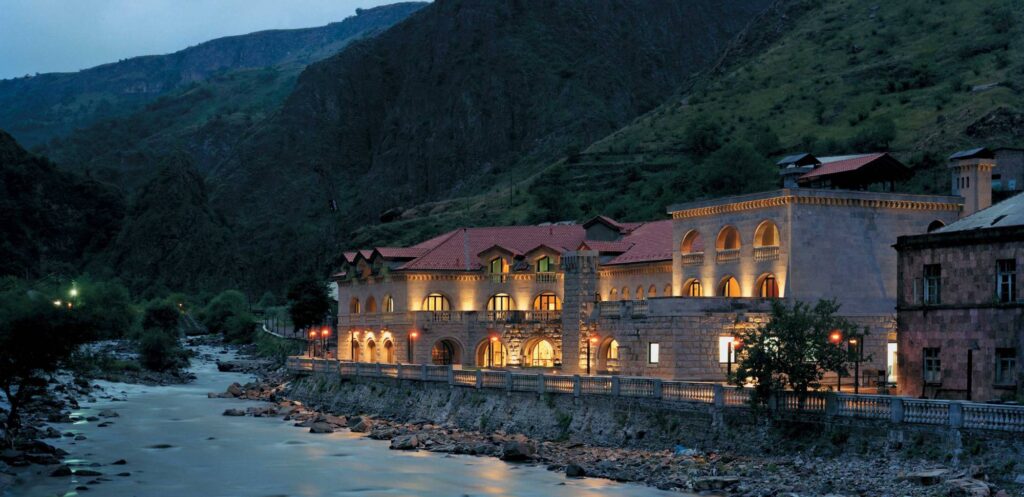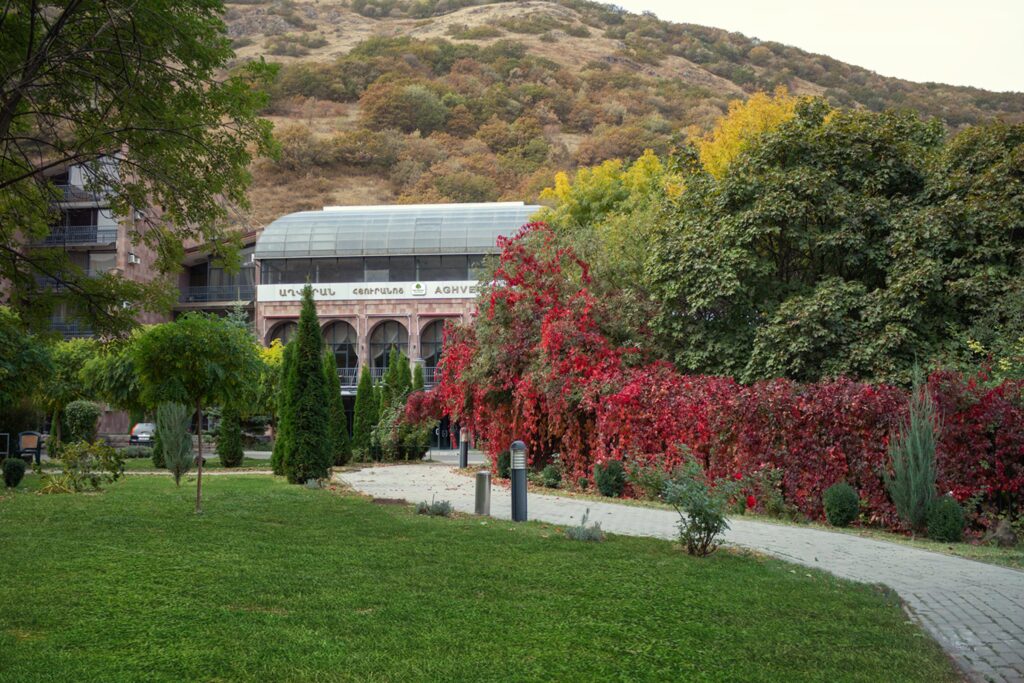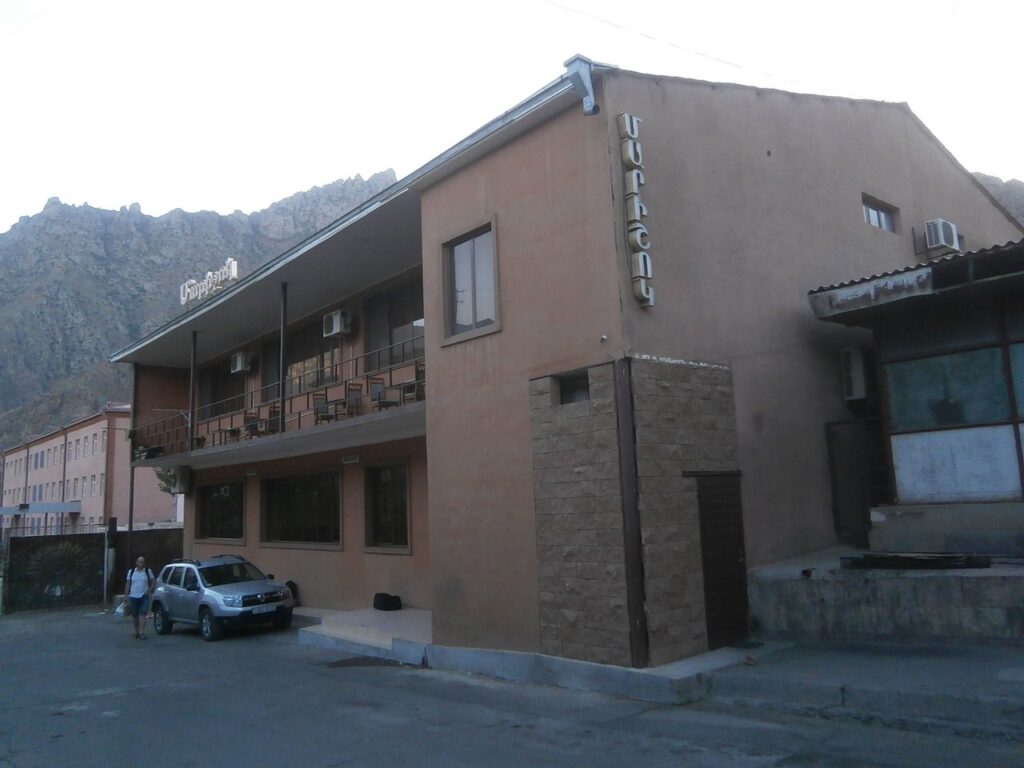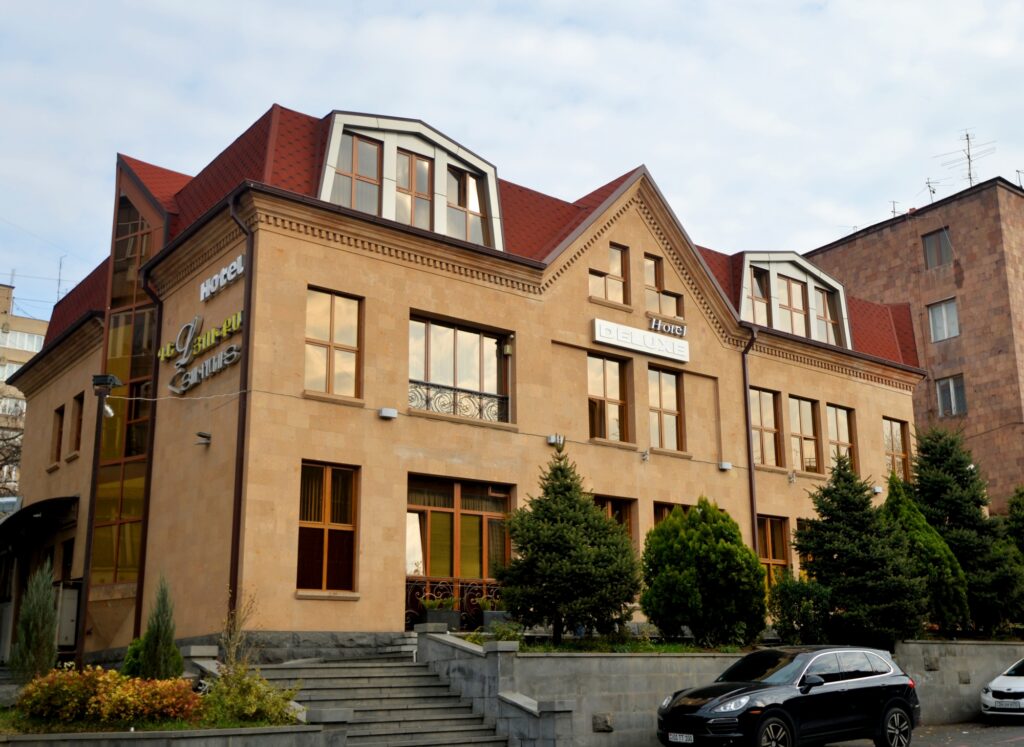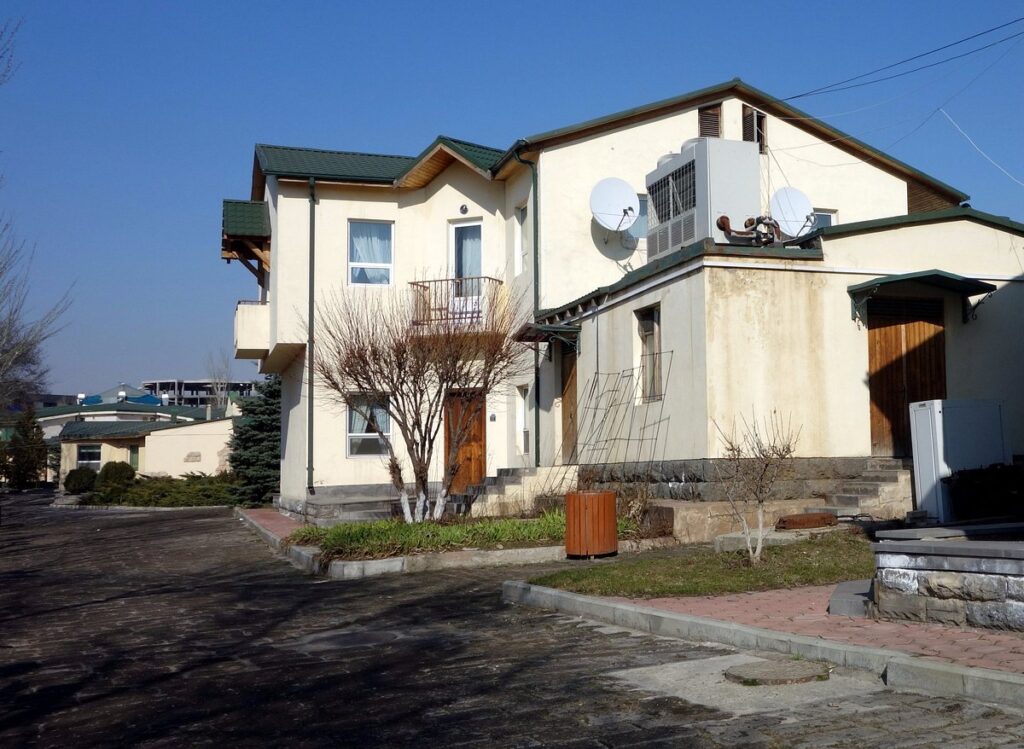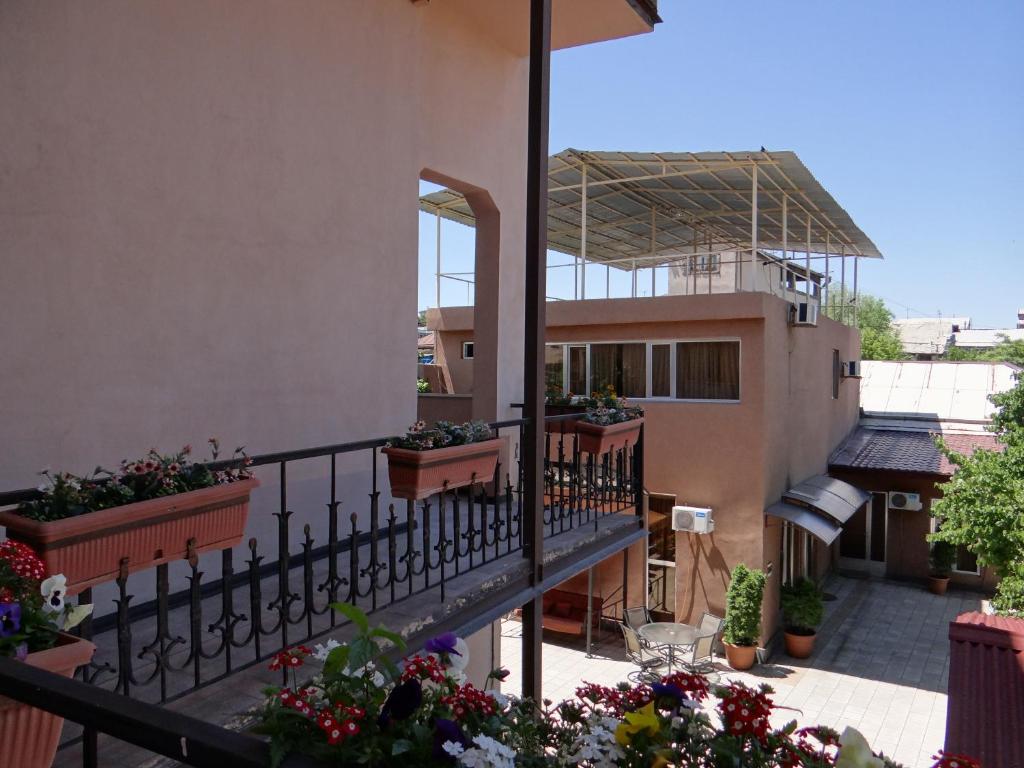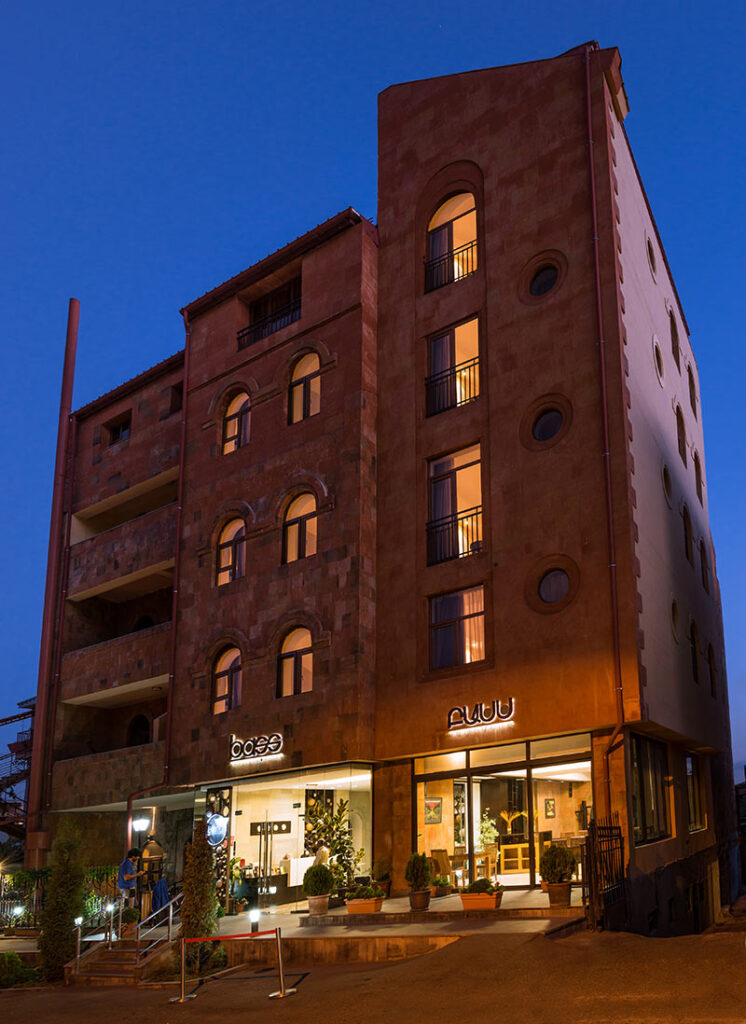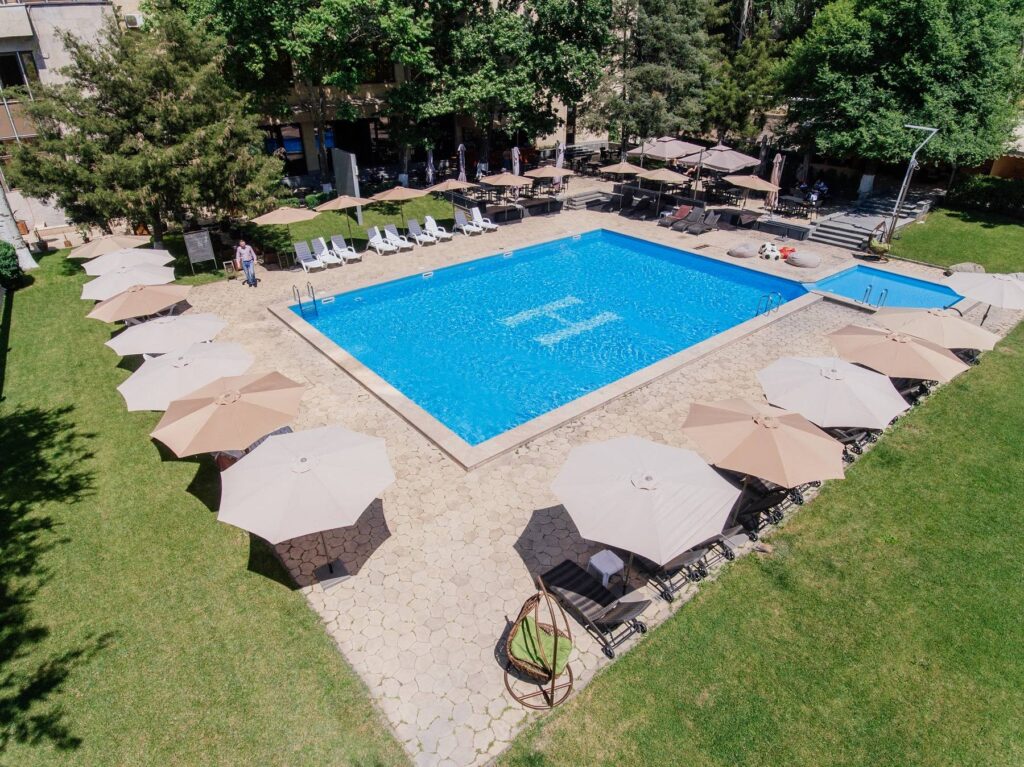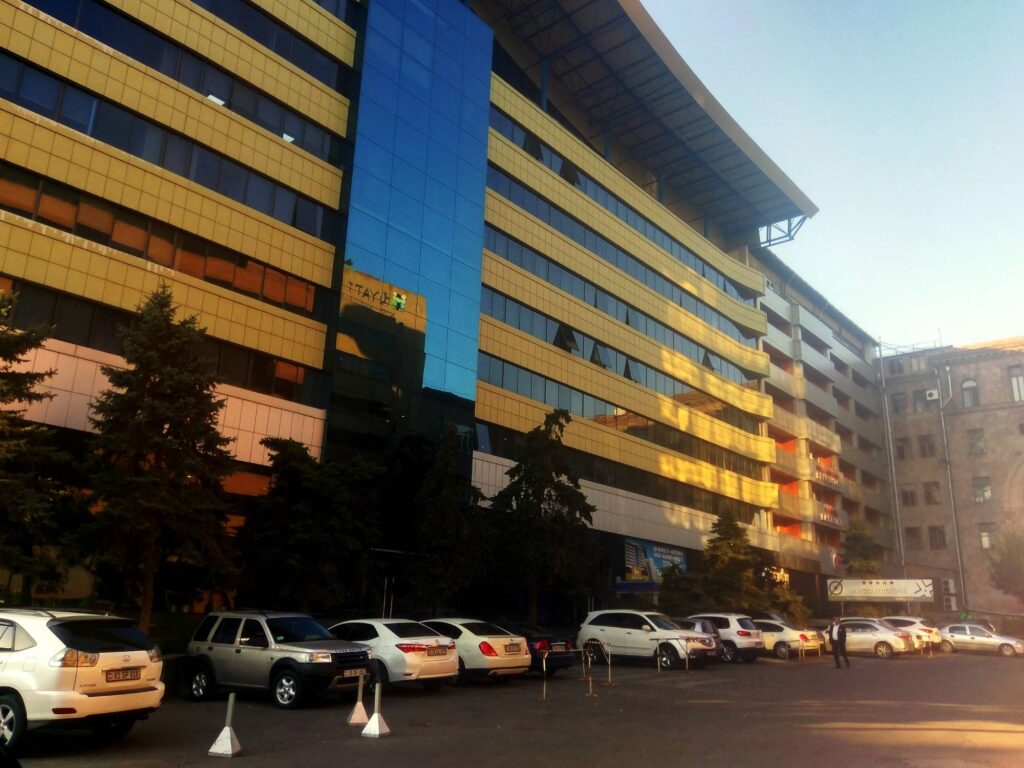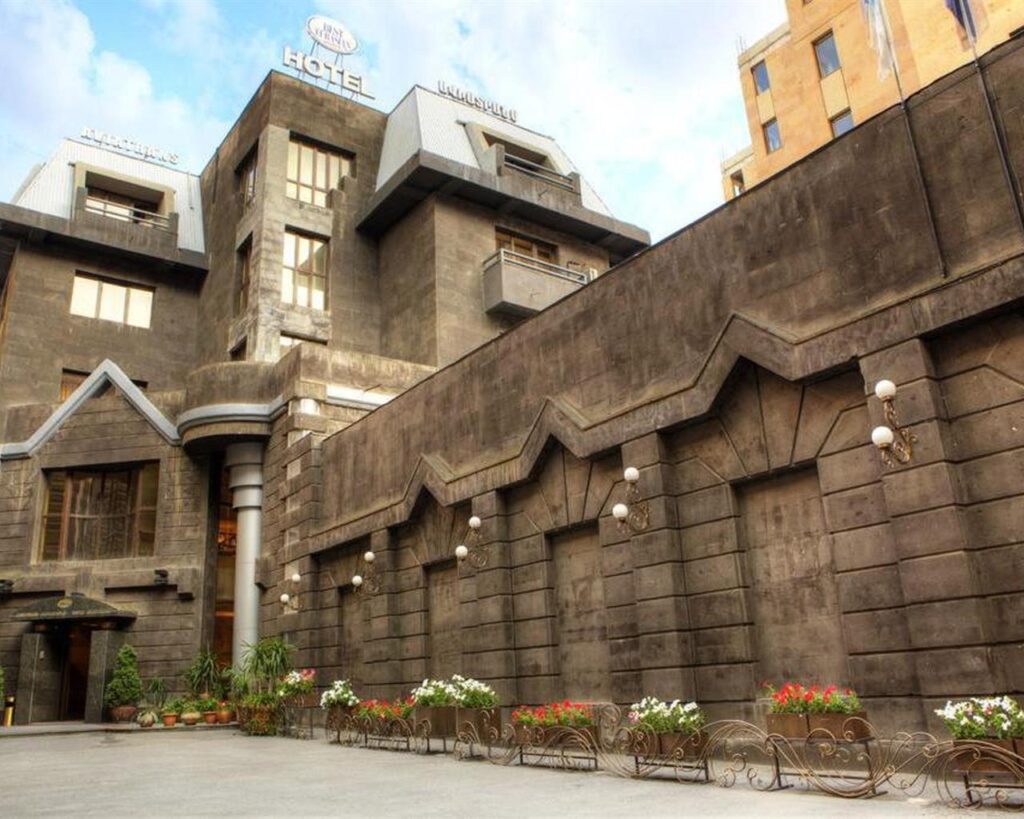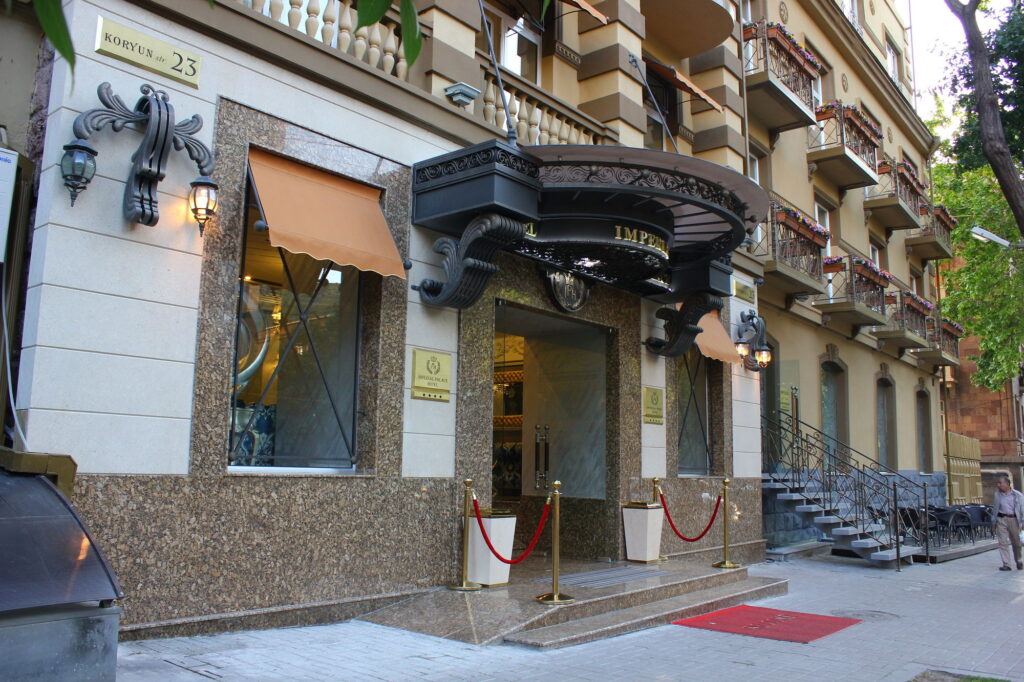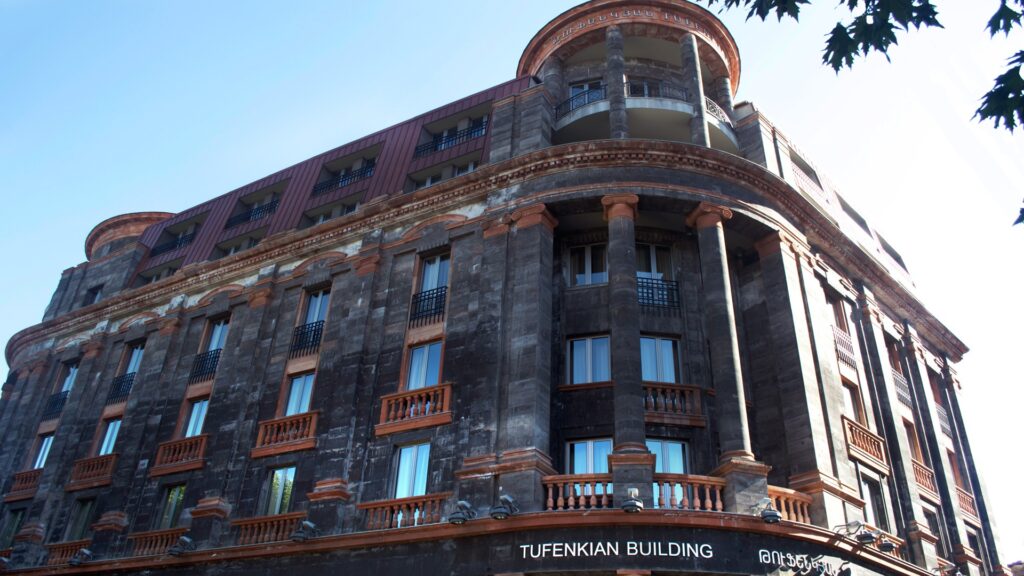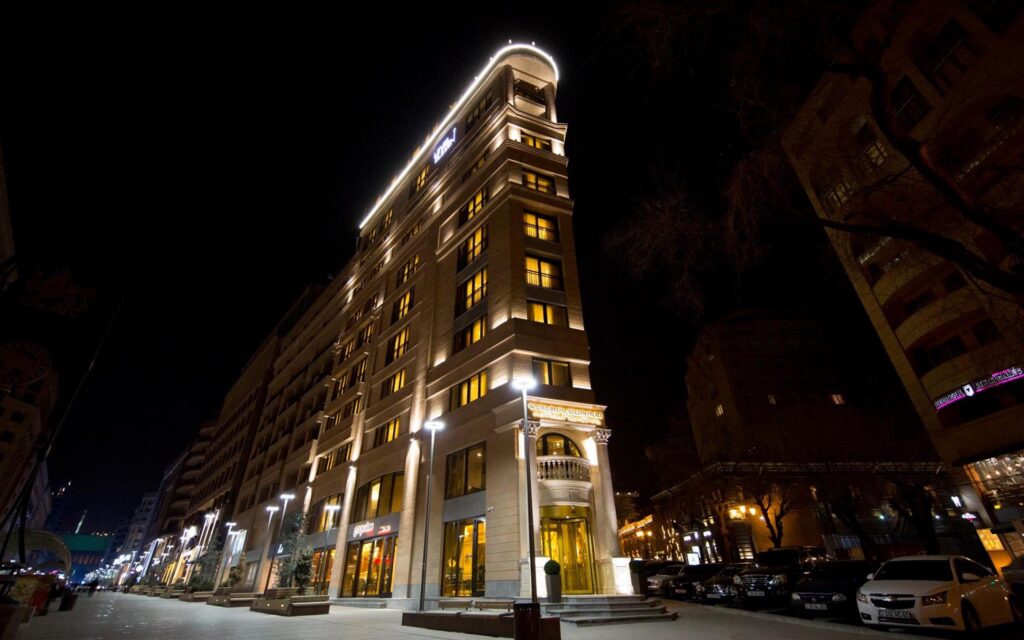“HAYASTAN” and “ARMENIA”
The first indication of Armenia can be traced in Sumerian cuneiform inscriptions dating back to III millennium B.C., and the Hittites testify the existence of a country called Hayasa, which is believed to be the cradle of Armenia. Haya, combined with the suffix ‘-stan’ (land).
Hayk was one of the greatest Armenian leaders after who The Land of Hayk was named. Hayk is also used in the place of Orion, in the Armenian translation of the Bible. He is said to have settled at the foot of Mount Ararat, to have traveled to assist in building the Tower of Babel, and, after his return, defeated the Babylonian king Bel (believed by some researchers to be Nimrod) in 2492 BC near the mountains of Lake Van, in the southwestern part of historic Armenia (present-day eastern Turkey).
The word – an early form of Armen – Armin, Armen or Arman denotes the national affiliation, as with many cultures standing for the particular nation thus, the God AR being the primary deity in the Indo-European pantheon – thus AR MAN denotes — Men of Ar or Children of Ar, again initially AR standing for ARAREL — Create-Creator, also Sun, Light, Life and Love.
According to Assyro-Babylonian cuneiform inscriptions (XIII-VII cc. B.C.), Armenia was also called Nairi (country of rivers). That legendary country consisted of a kingdom of 60 tribes and included hundreds of towns. Armenia has been populated since prehistoric times, and has been proposed as the site of the Biblical Garden of Eden. The Armenian kingdom is called Ararat kingdom in the Bible.
4 ARMENIAN KINGDOMS
The Kingdom of Urartu
Archaeological excavations have revealed a unique and highly developed civilization in the town-fortress of Urartu (Ararat). One proof of that civilization is the town-fortress of Erebuni founded in 782 B.C. on the territory of Armenia’s present capital city, Yerevan.
The first century B.C. is considered as Armenia’s Golden Age, with its flourishing towns, arts and literature.
The Arshakid dynasty
The first century A.D. was a very difficult period for Armenia. The destructive policies of successive Parthian rulers lead the country to decline. Beginning from the second half of the first century Rome exhausted its influence in Armenia and the neighboring Parthian state becomes stronger. At that time the Armenian Arshakid dynasty was founded and it ruled until IV c.
After a long struggle against Rome the Armenian king Trdat 1 was crowned by Nero in 66 A.D. and there started a period of revival in Armenia. Many fortresses and towns were founded or rebuilt, and a notable advance was made both in arts and science. One of the newly emerged cities was Vagharshapat which later became the cradle of Christianity in Armenia.
In 301 Armenia adopted Christianity thus becoming the first country in the world that proclaimed it a state religion. For comparison, Christianity was legalized in the Roman Empire in 313 by the Edict of Milan.
In 449 a rebellion which aimed to liberate the country divided between Byzantine and Sassanid Persia burst out. Through great heroism and heavy losses the 66 000 strong Armenian troops were able to resist about 220 000 Persians in the battle of Avarair in 451.
The Medieval Armenia
In the VII century Sassanid Persia collapsed under the invasions of the Arabs. Armenia this time fell under the yoke of the Arab Caliphate. A lengthy national liberation movement ended with the victory of the Armenians and in 859 Ashot Bagratouni of the Bagratouni dynasty was recognized as the Prince of Princes of Armenia, and in 885 he granted the title of the Armenian king by Caliph.
Beginning from mid IX century there was marked a notable rise in the country’s economic, spiritual, cultural and political life. Ani fortress, known from V century, becomes the nation’s capital in 961. Ani was known as a town of “thousand and one churches”. It had mighty ramparts, gardens and suburbs. The capital of Ani grew to a population of about 100,000- more than any urban center in Europe.
In the XI c. the Armenian kingdom weakens due to the both inner instability and under the influence of exterior forces, and Seljuk Turks that had already appeared on the historical scene in the XI century invaded Northern Armenia in 1064.
Armenian Kingdom- Cilicia
While Armenia lost sovereignty, on the southern costs of the Mediterranean there rose another Armenian Kingdom, Cilicia, and it lasted for about 300 years (1080-1375).
Armenians first set foot in Cilicia in 96-95 B.C. and in the course of time they spread along the Mediterranean costs. The Armenian princedom of Cilicia grew so rapidly and became so powerful that in 1198, with the consent of Byzantium and the crusaders, it was recognized as a sovereign kingdom.
After the fall of the Tatar Empire, invasions into Armenian by different plunders did not cease. The troops of Lenk Temur (Tamerlane, 1386) and the Persian Shah Abbas the Great (1604) invaded Armenia devastating the country. After a lengthy struggle, Western Armenia was passed to Turkey in 1639, and Eastern Armenia to Persia. This situation lasted until the 20s of the XIX century.
Between Russia and Turkey
Armenia-Russia relations start from X-XII cc. Since XVII century the key issue in the political relations with Russia was the liberation of Armenia from Turkish and Persian tyranny. In 1804 there broke out a war between Russia and Persia, and in 1813 a number of historical Armenian districts (marzes) were joined to Russia by the Giulistan Accord.
In 1828 the Turkmencha Accord came to finally unify Eastern Armenia with Russia, and in the result of the 1877-1878 Russo-Turkish war the Western Armenian marz of Kars was united with Russia as well.
Starting from the end of the XIX century the Ottoman government planned and carried out massacres of the Armenians. The reflections of heroic resistance in Sassoun, Zeitoun, Van and elsewhere are still fresh.
In 1915 the Turkish government carried out Genocide of the Armenian nation to which around 1.5 million Armenian fell victims.
The survivors were scattered all over the world, and a part of them found refuge in the Eastern Armenia.
On May 28, 1918, Armenia was declared as a state.
Armenian Soviet Socialist Republic was established in 1920.
Armenia regained statehood in 1991.









